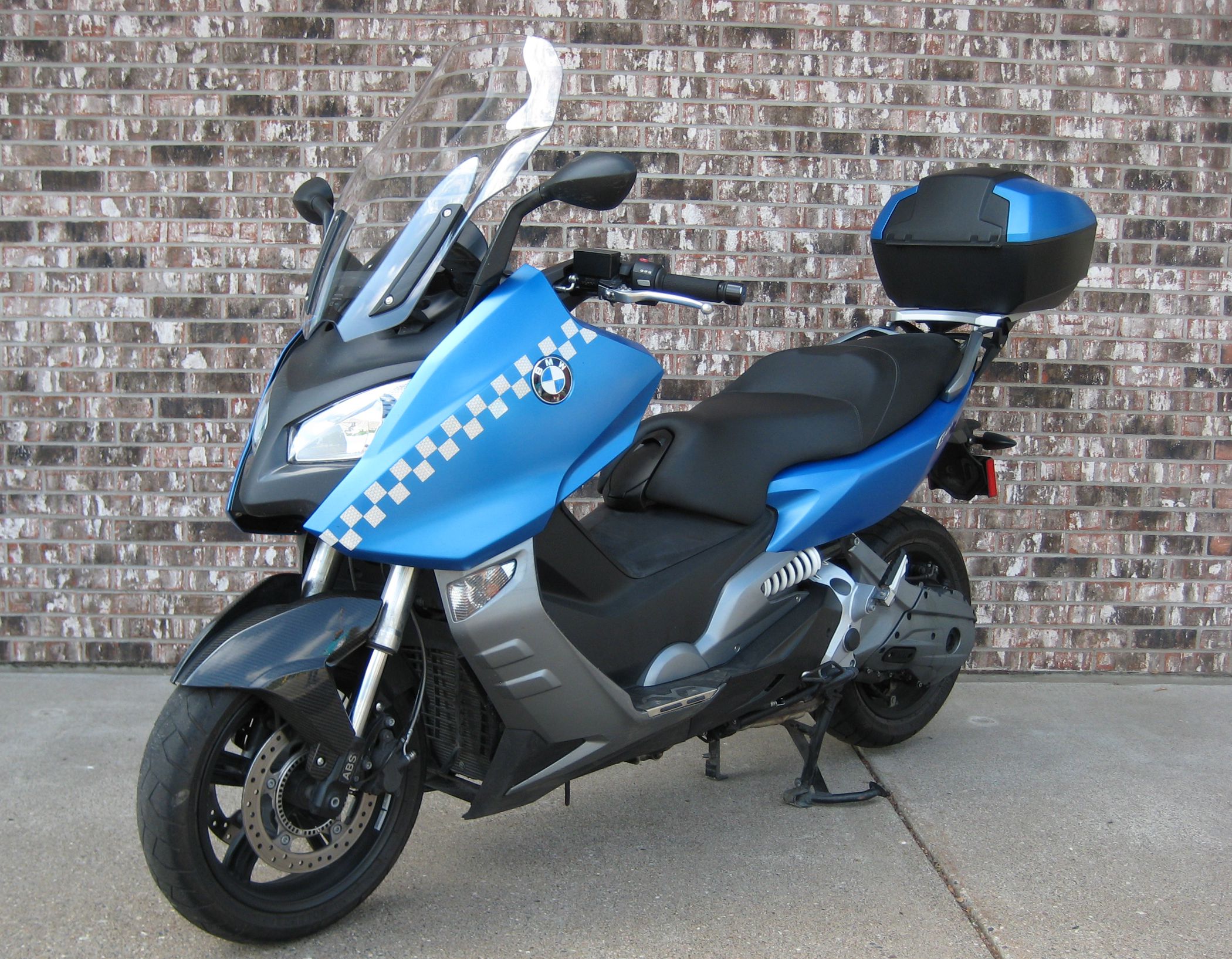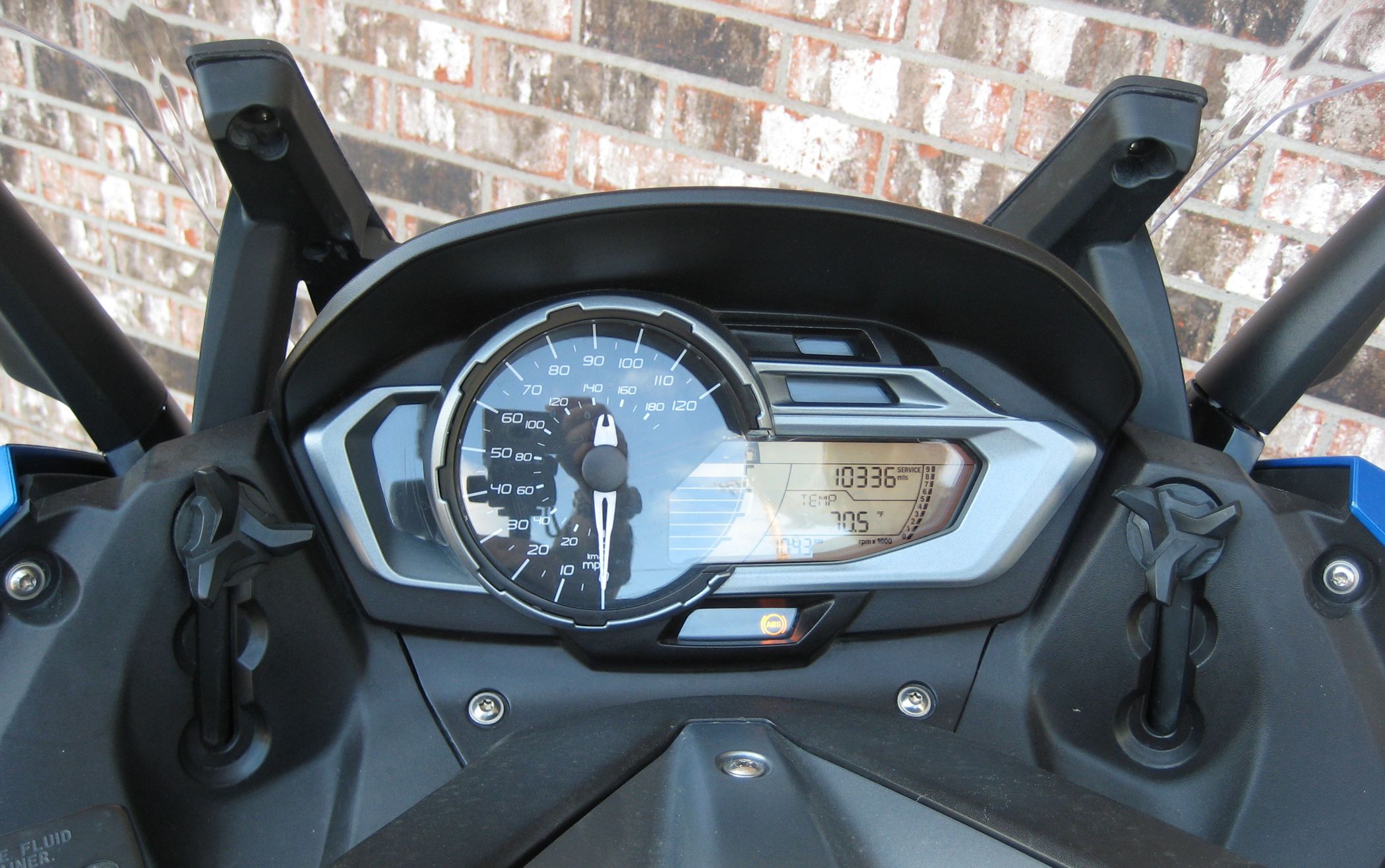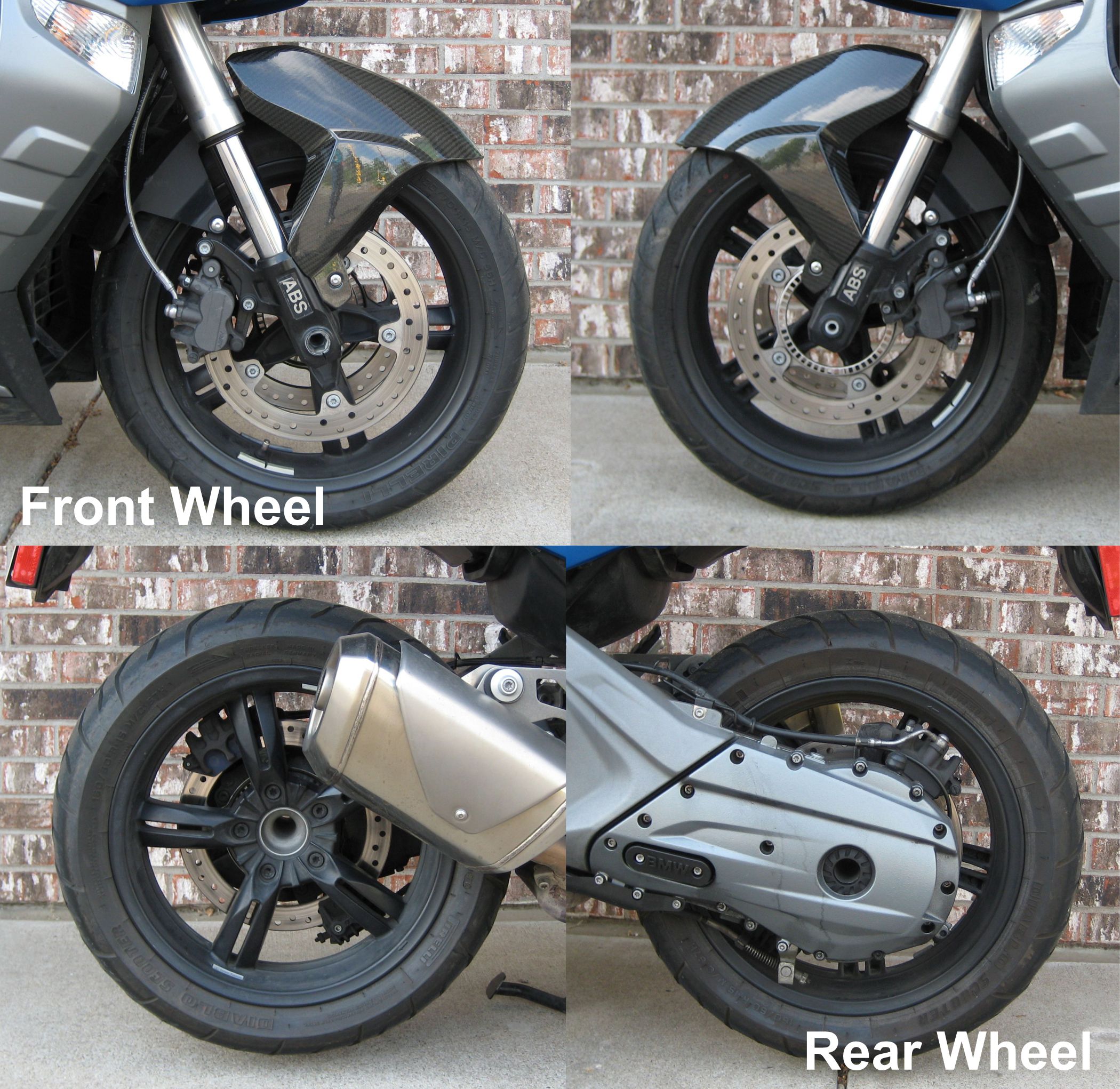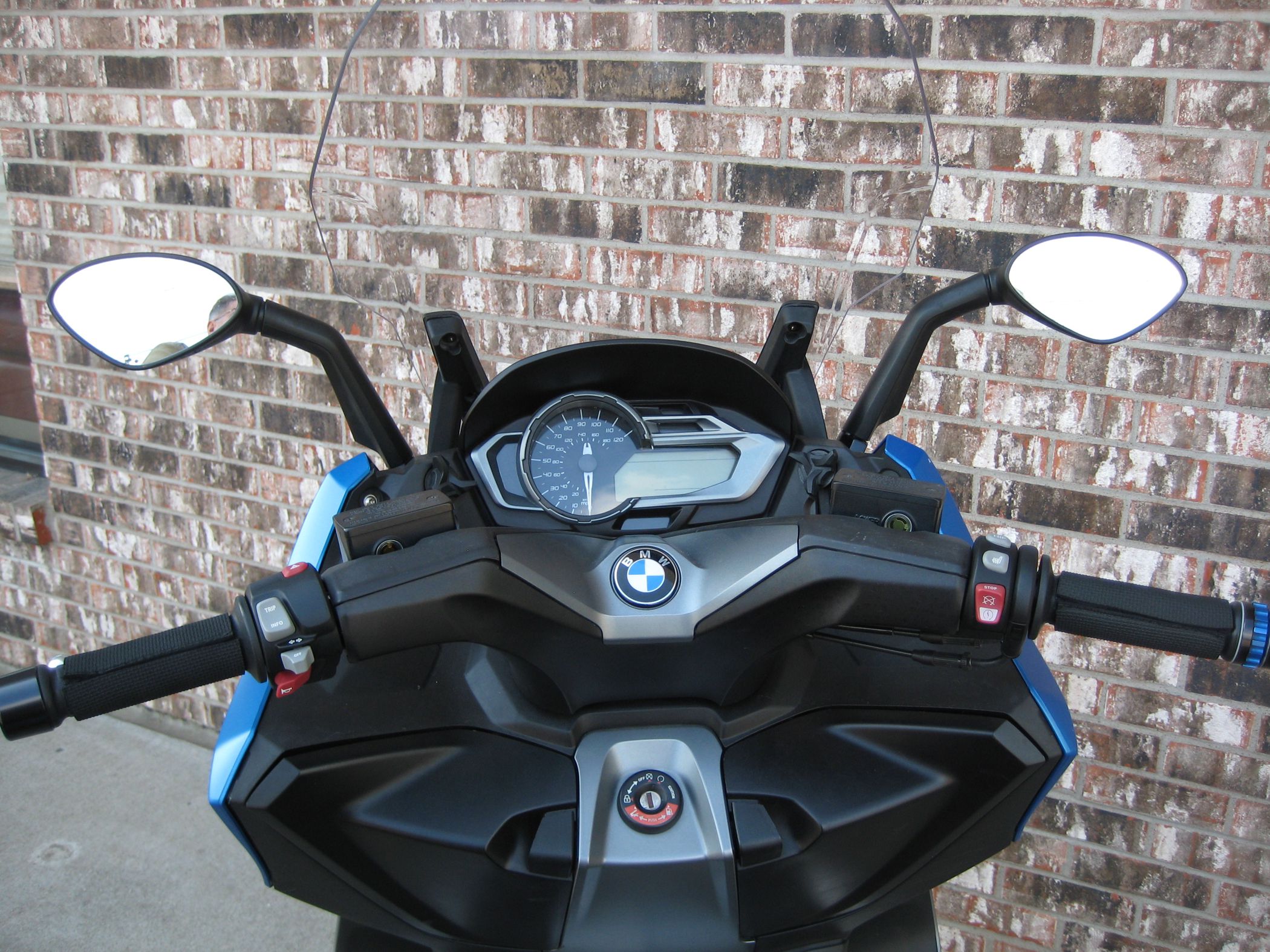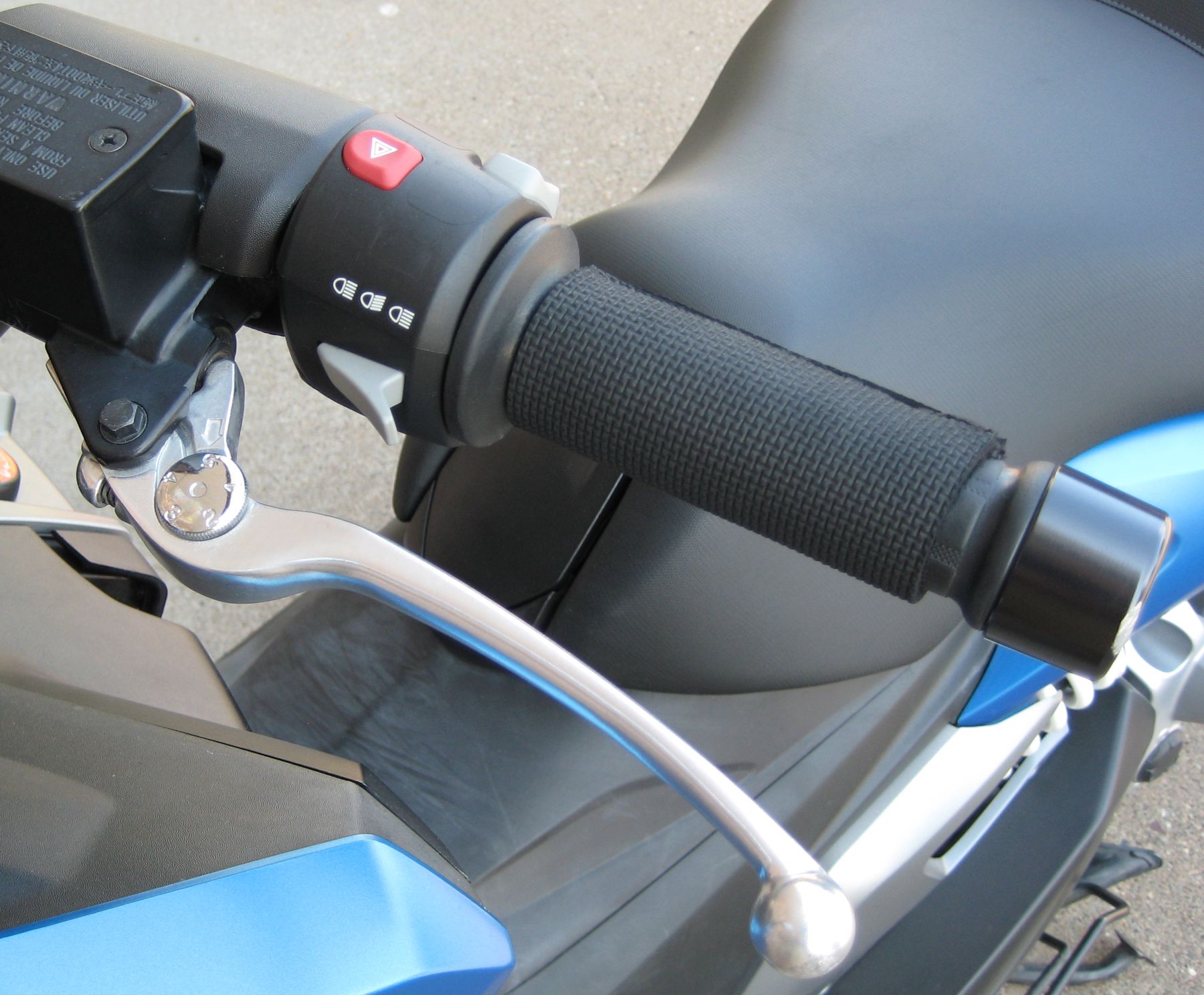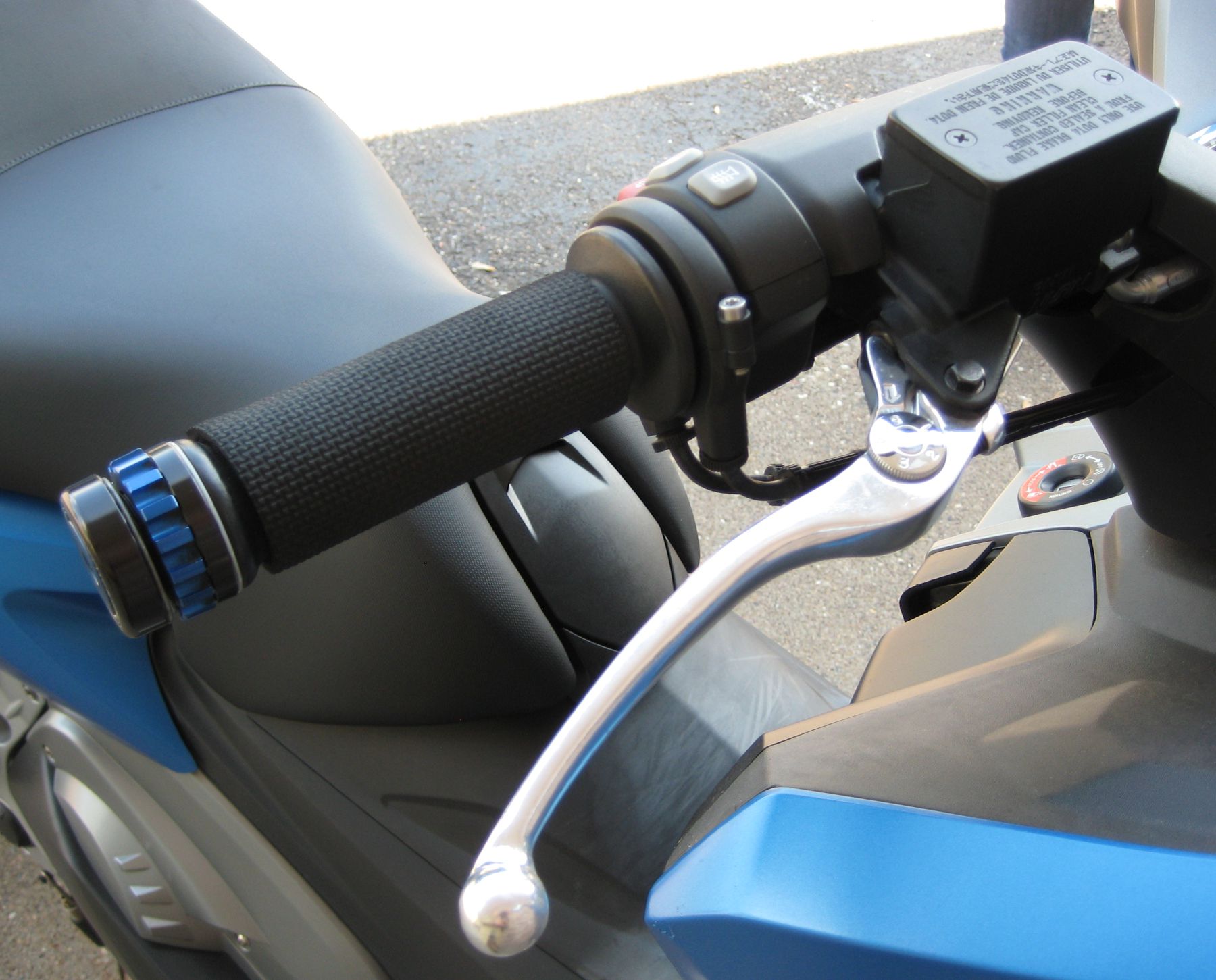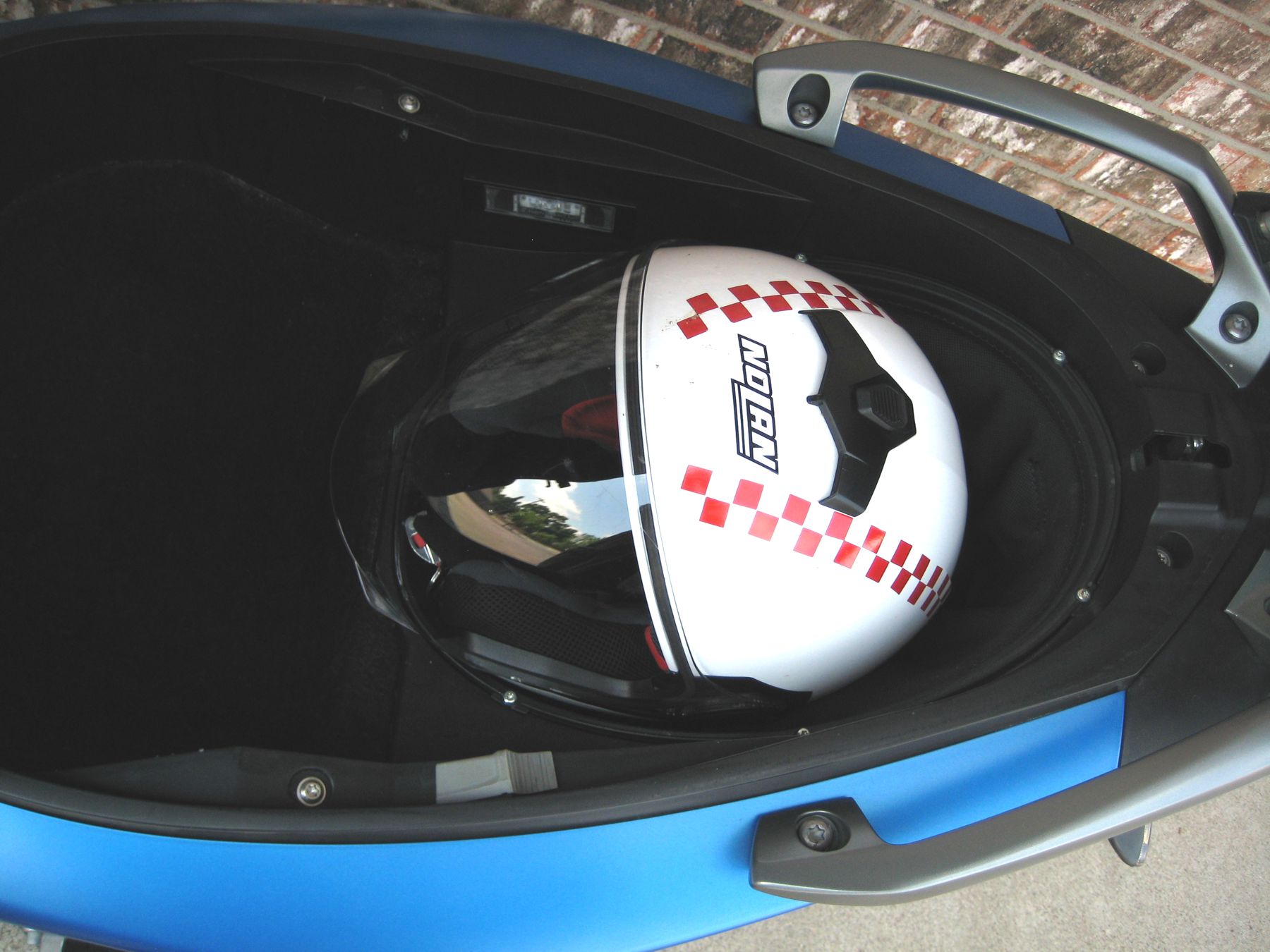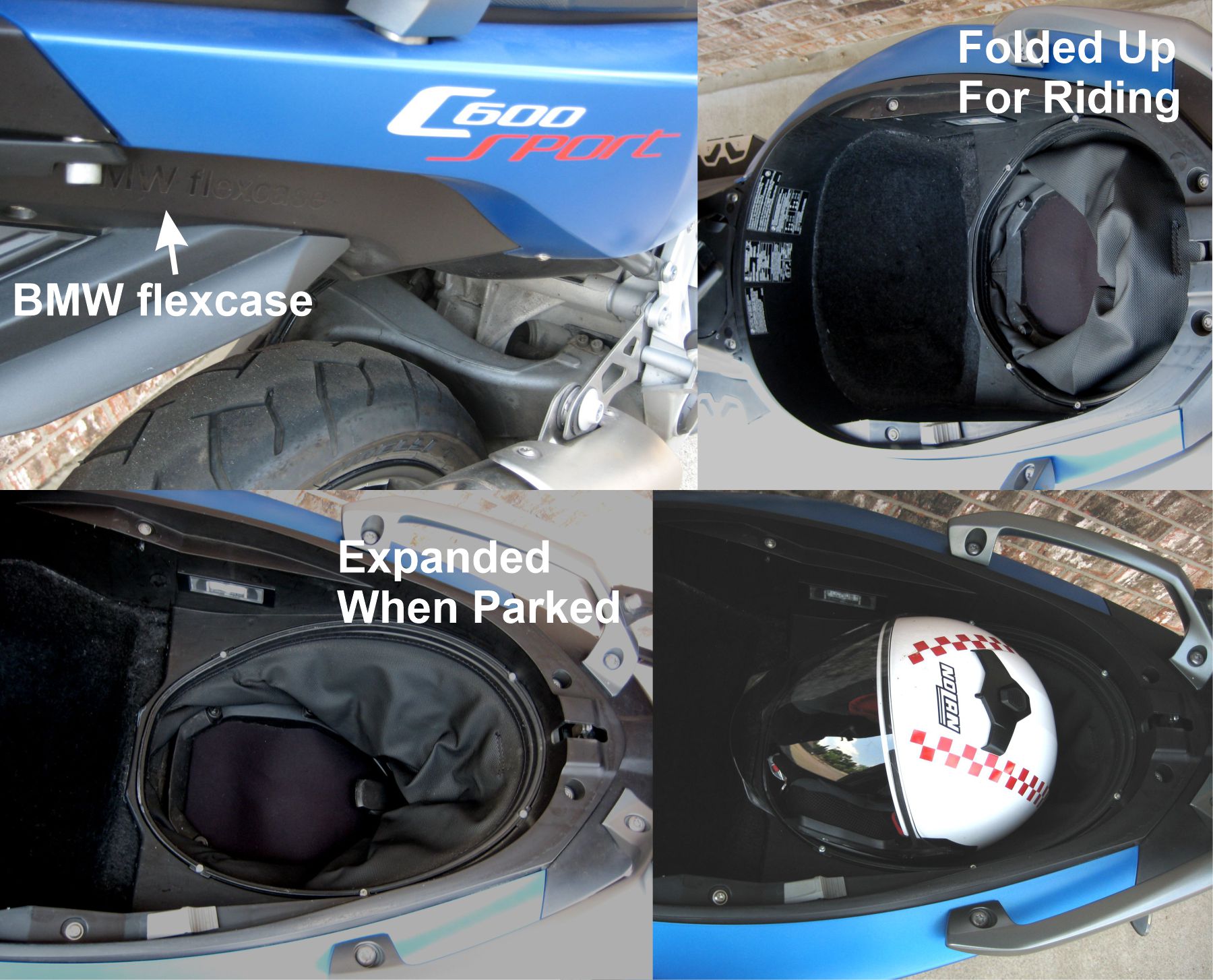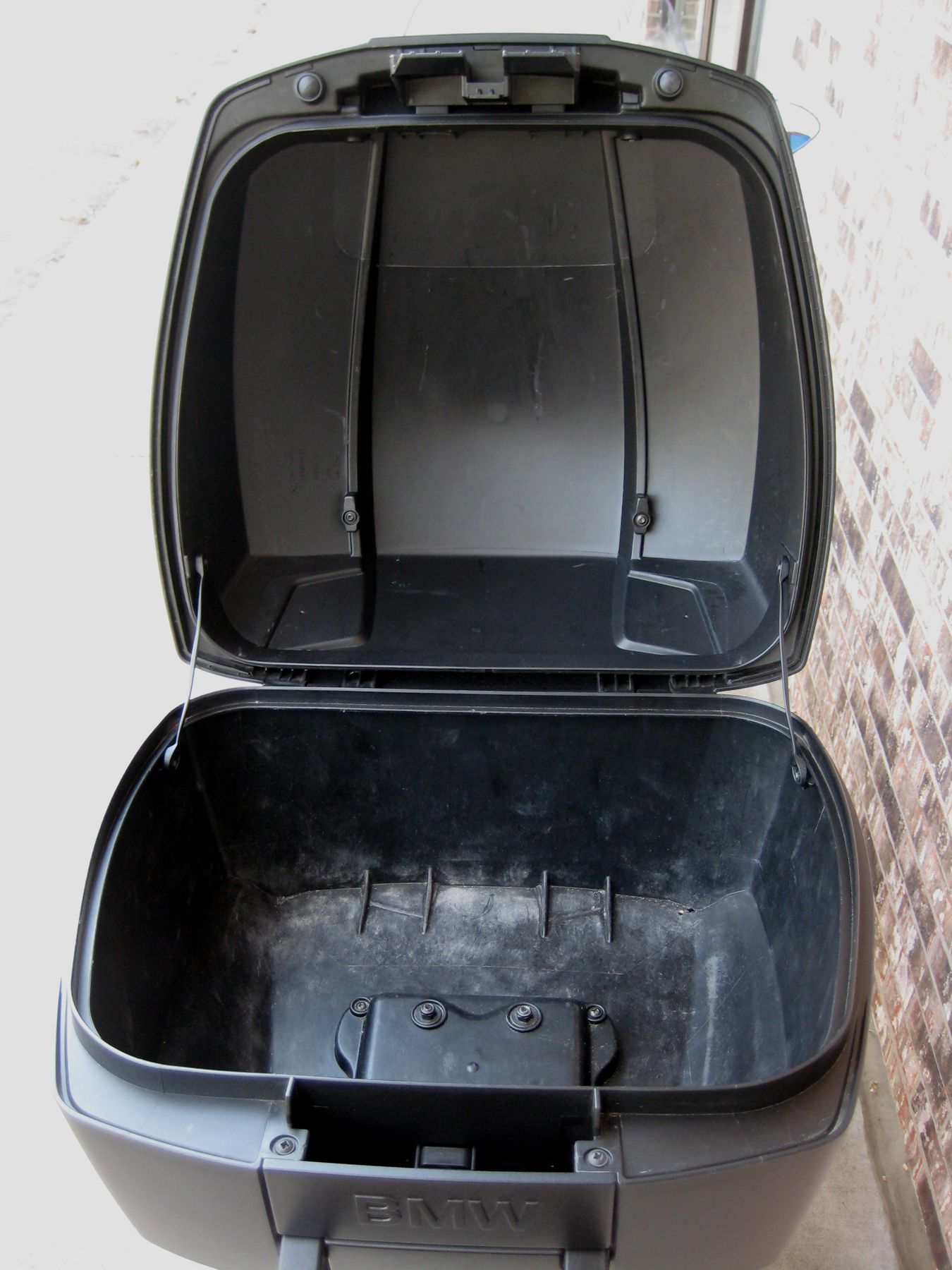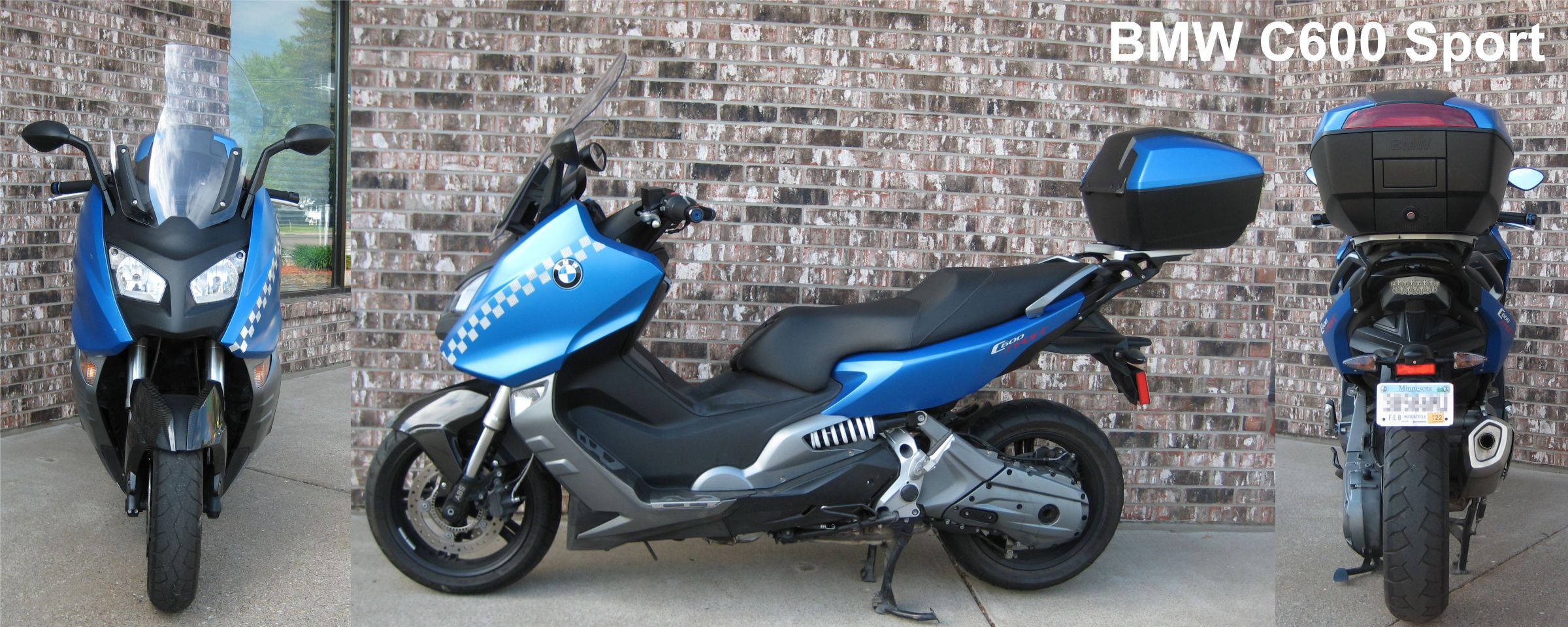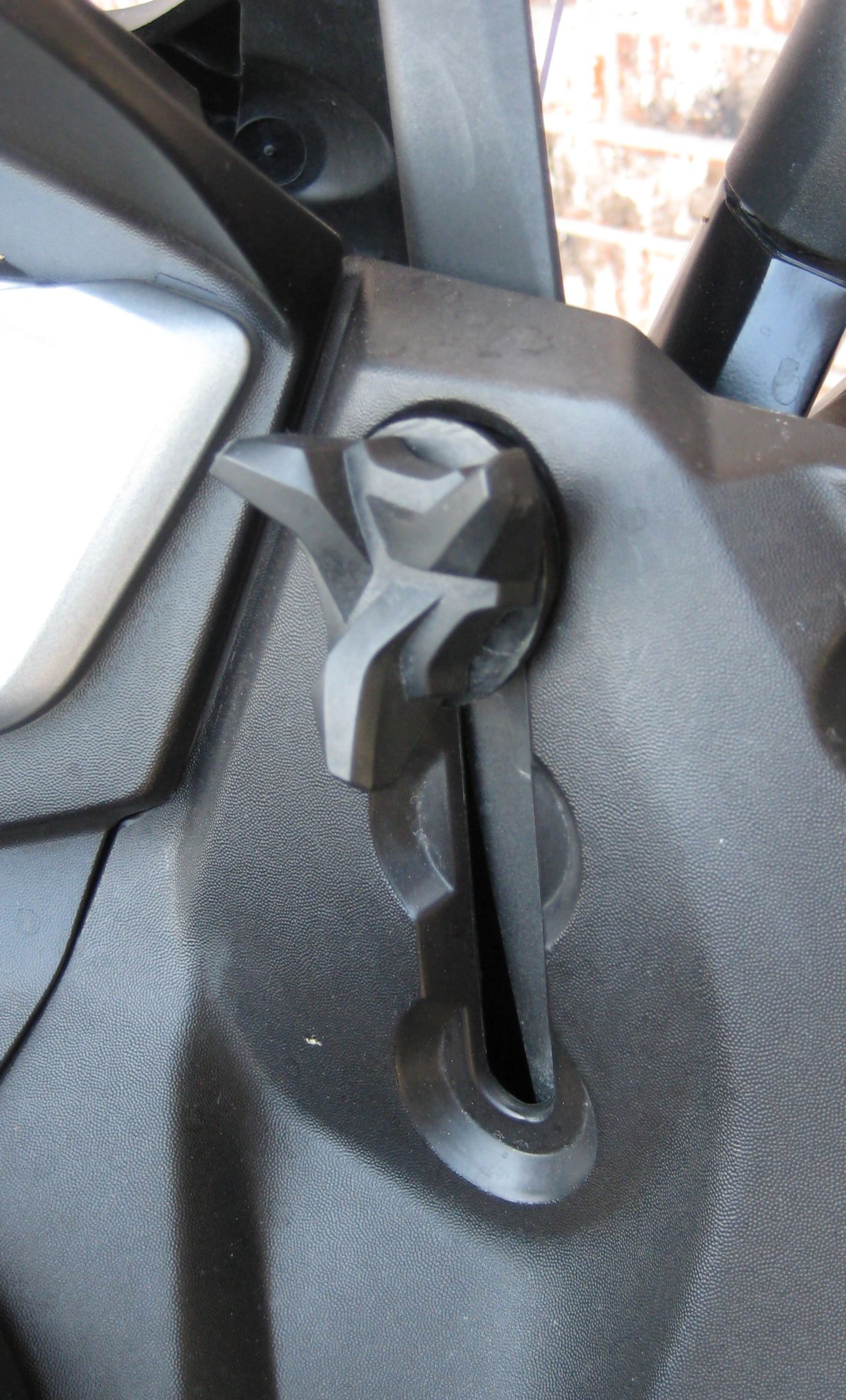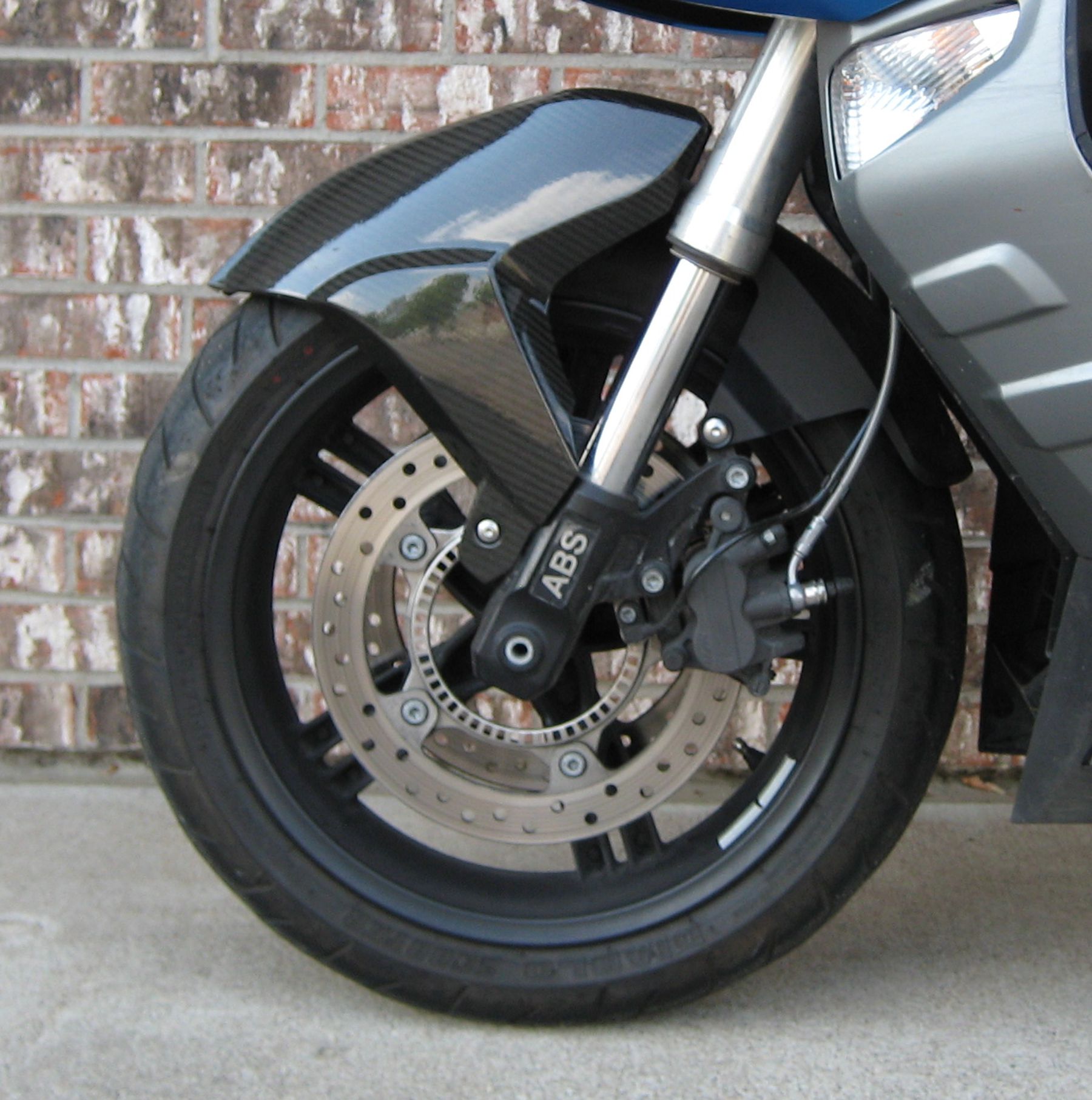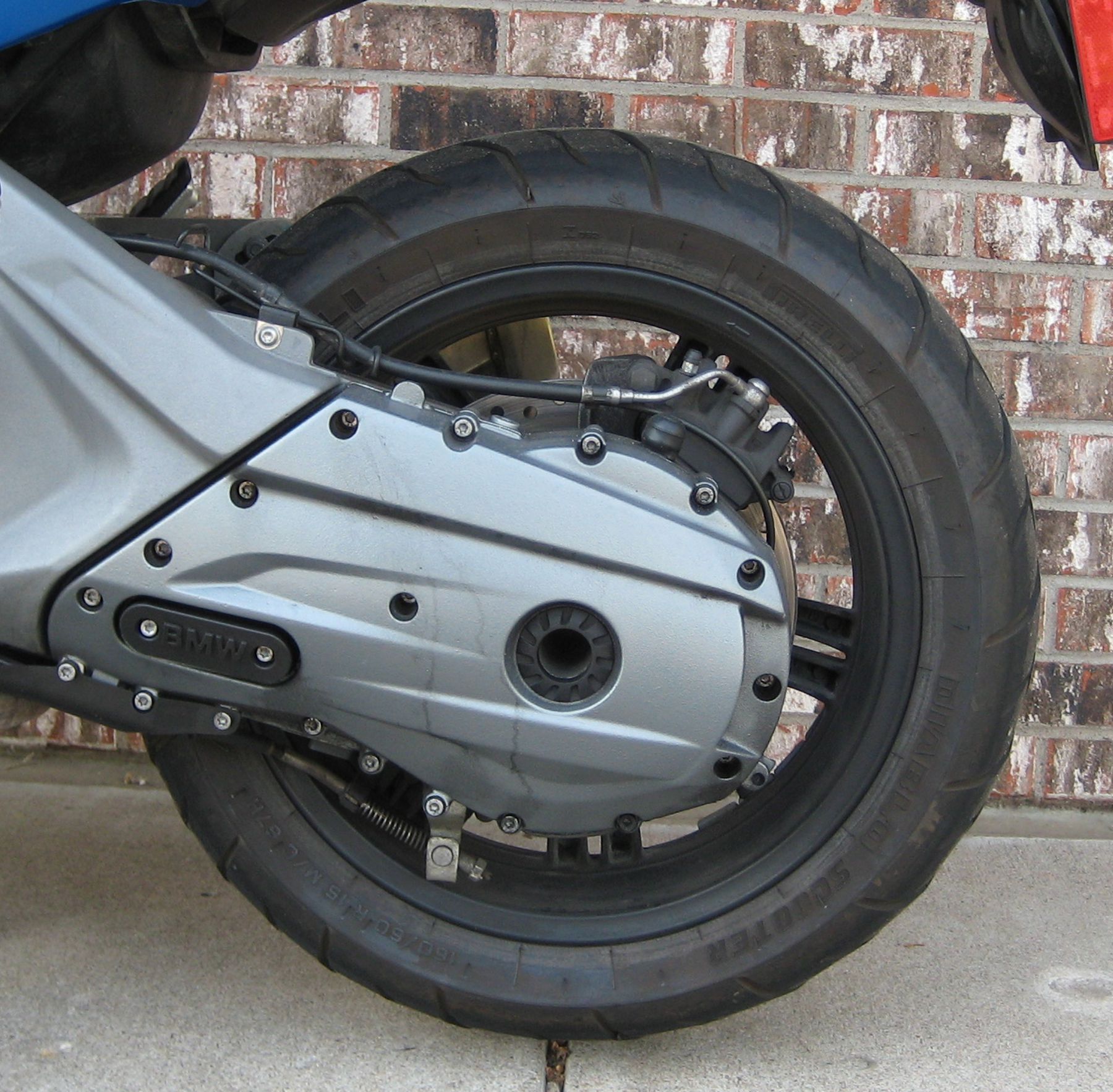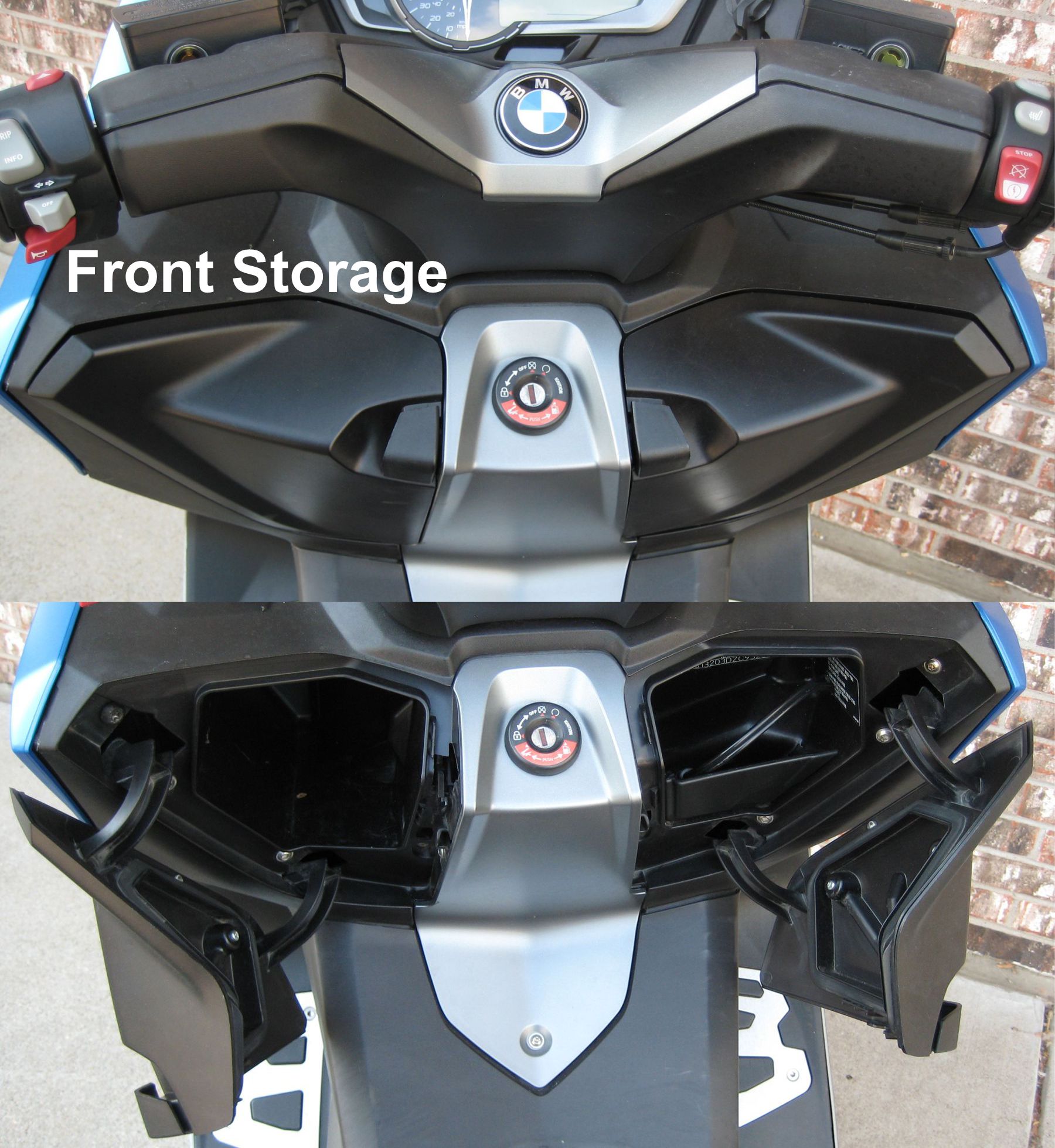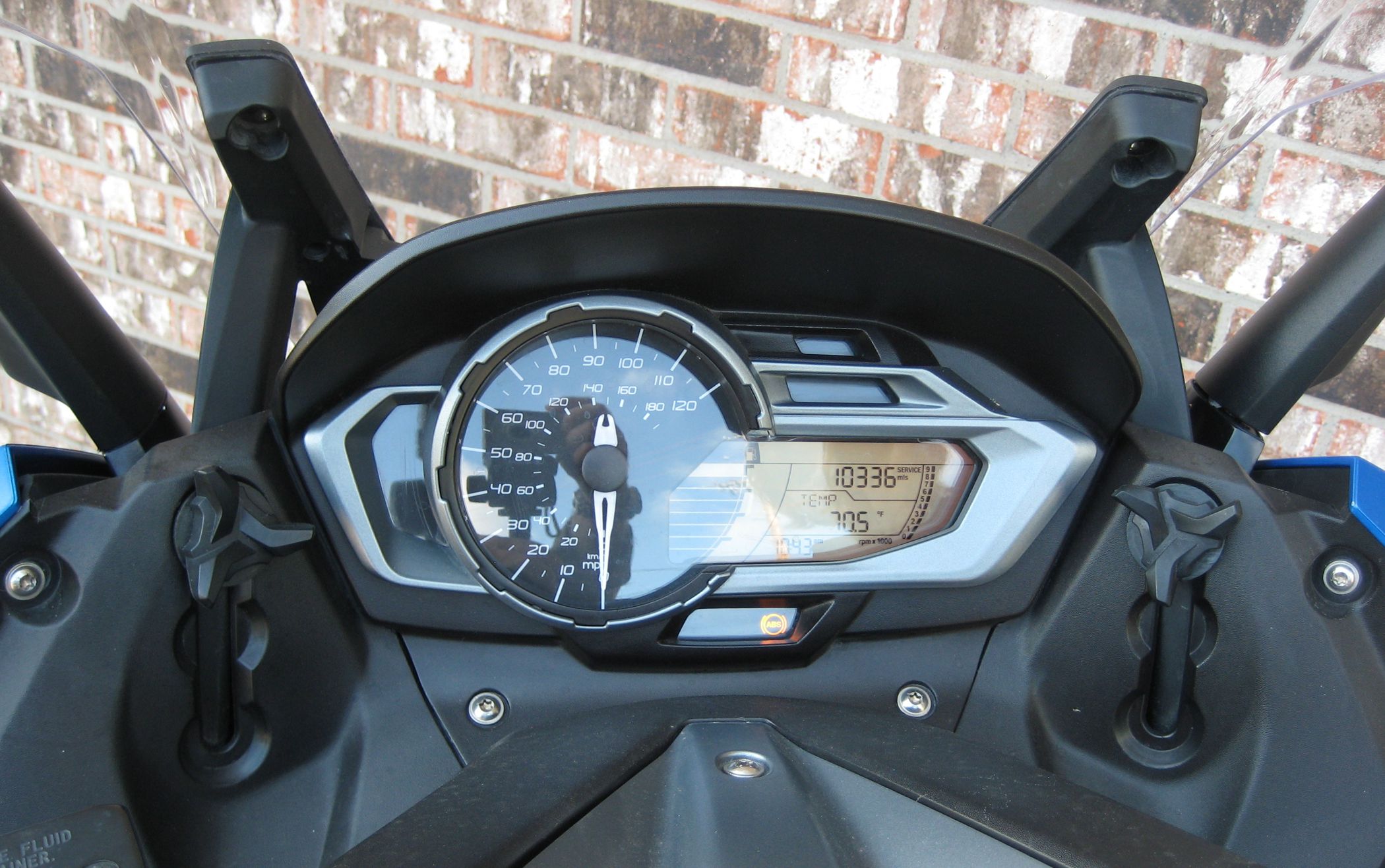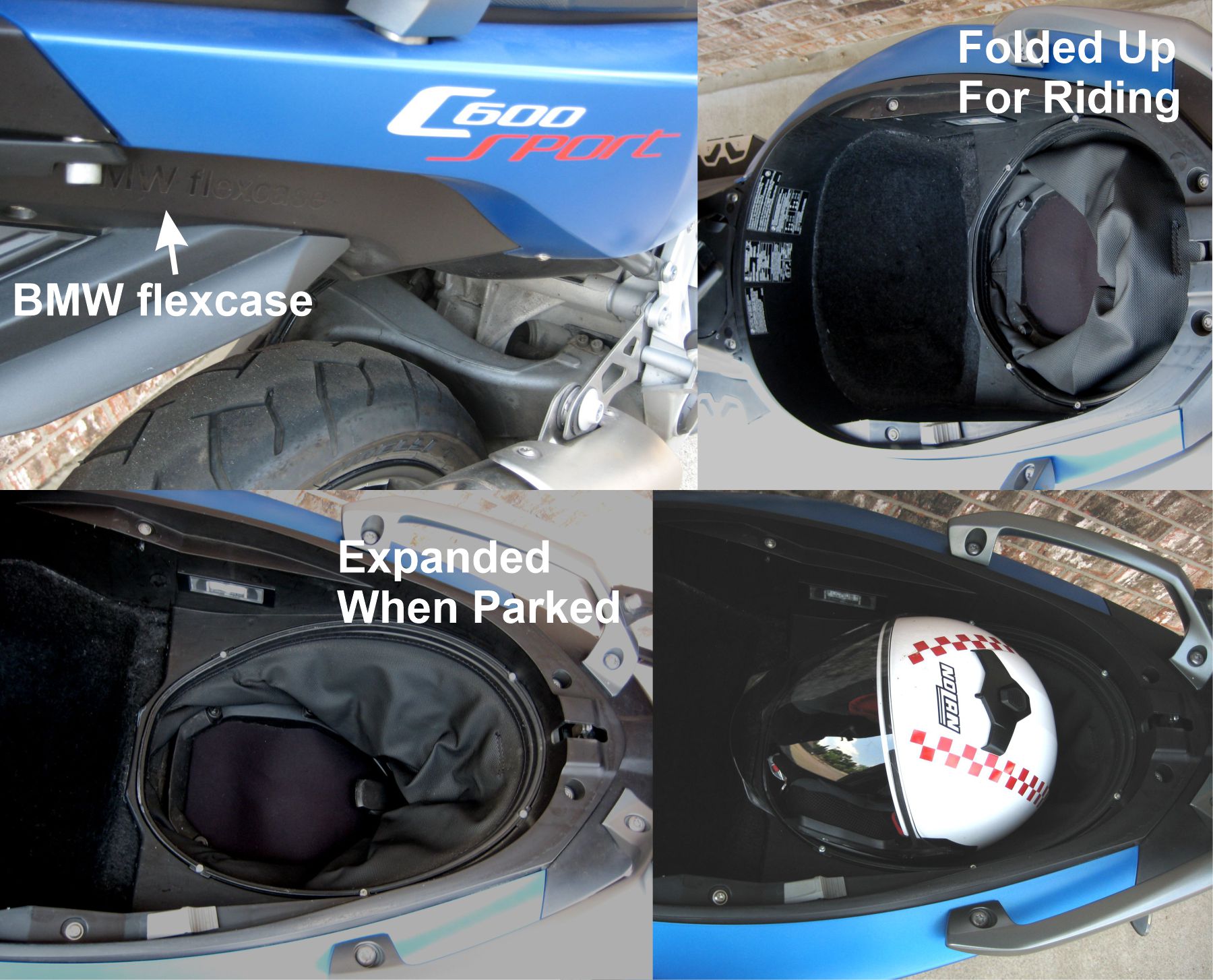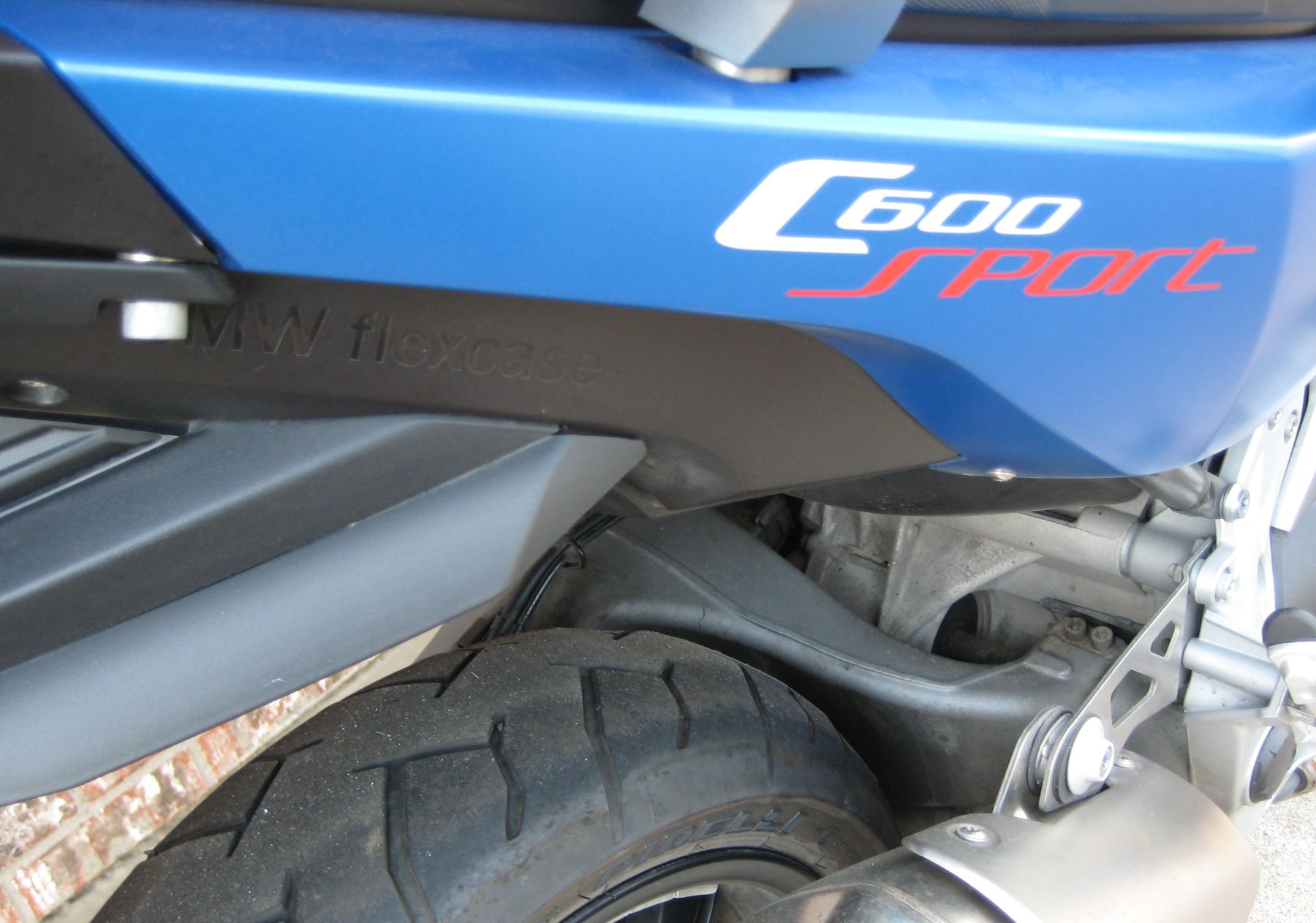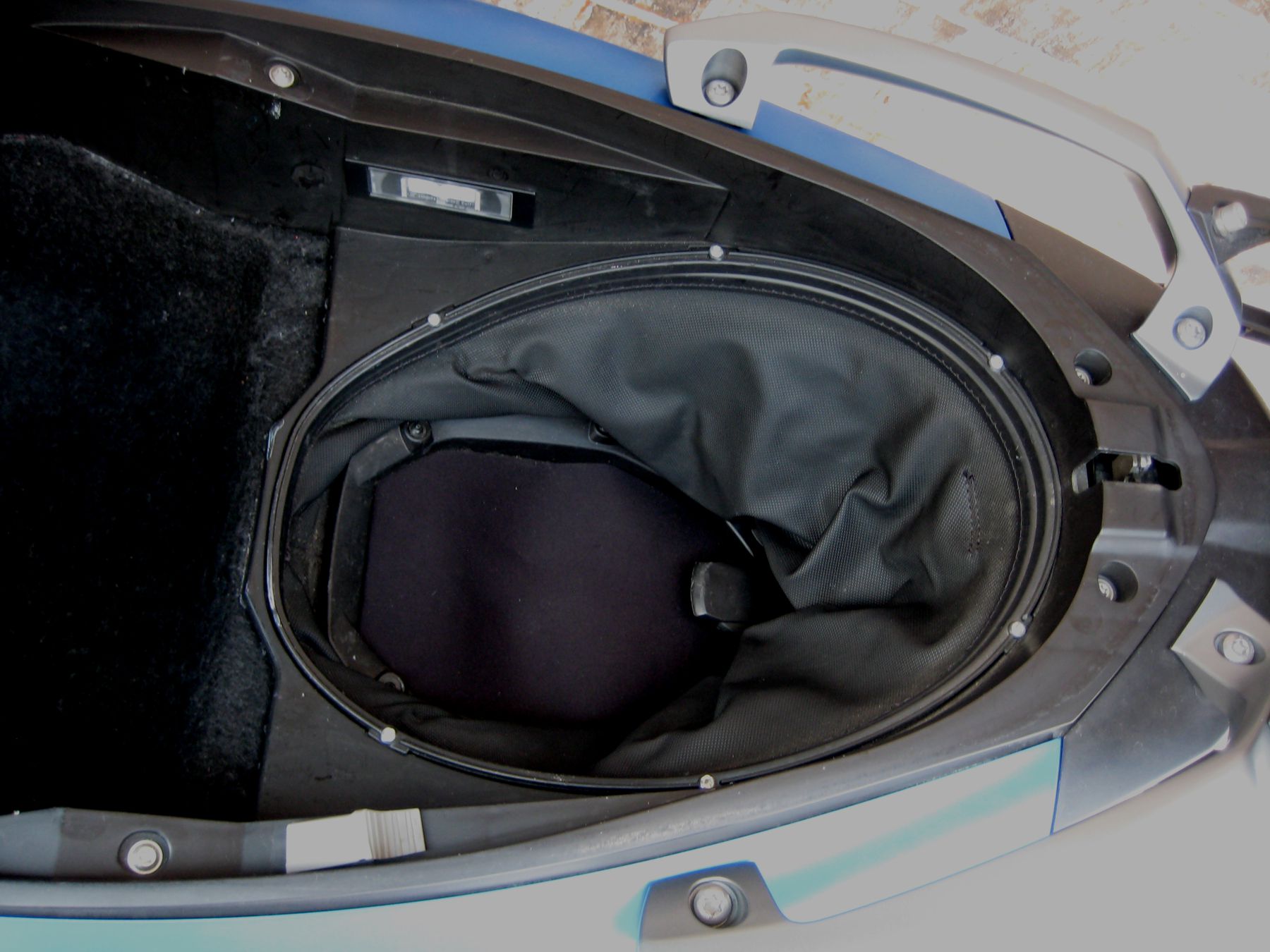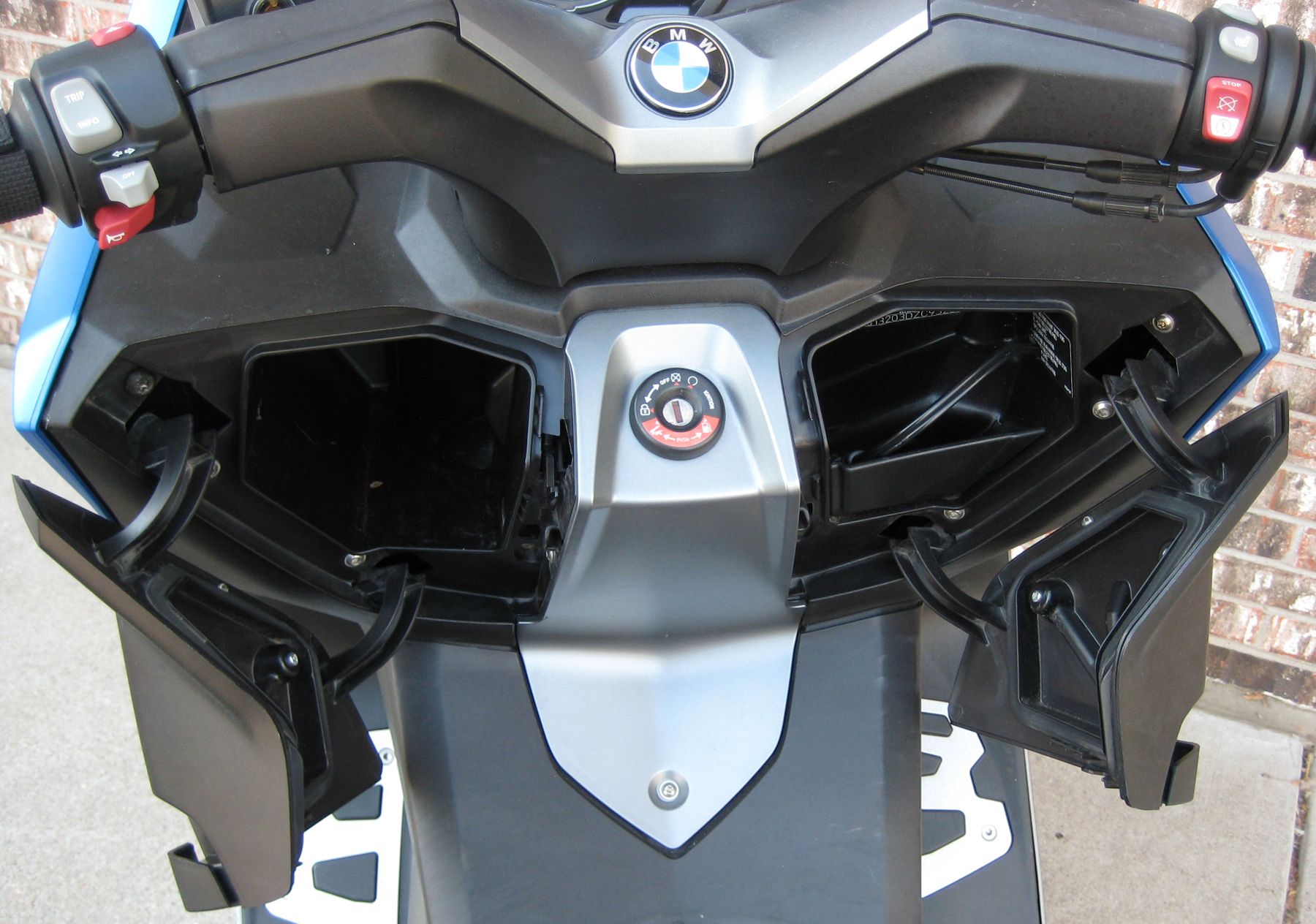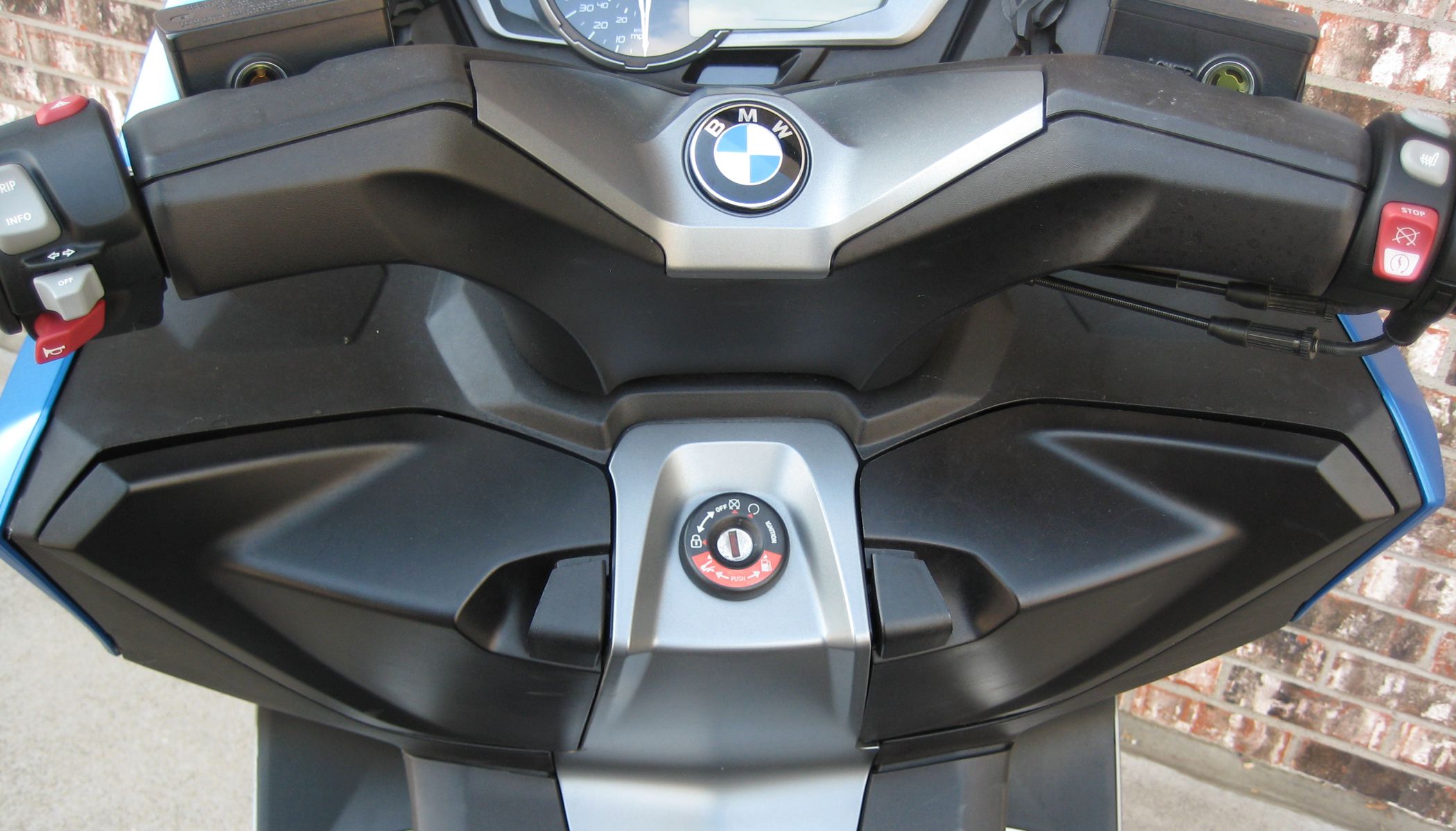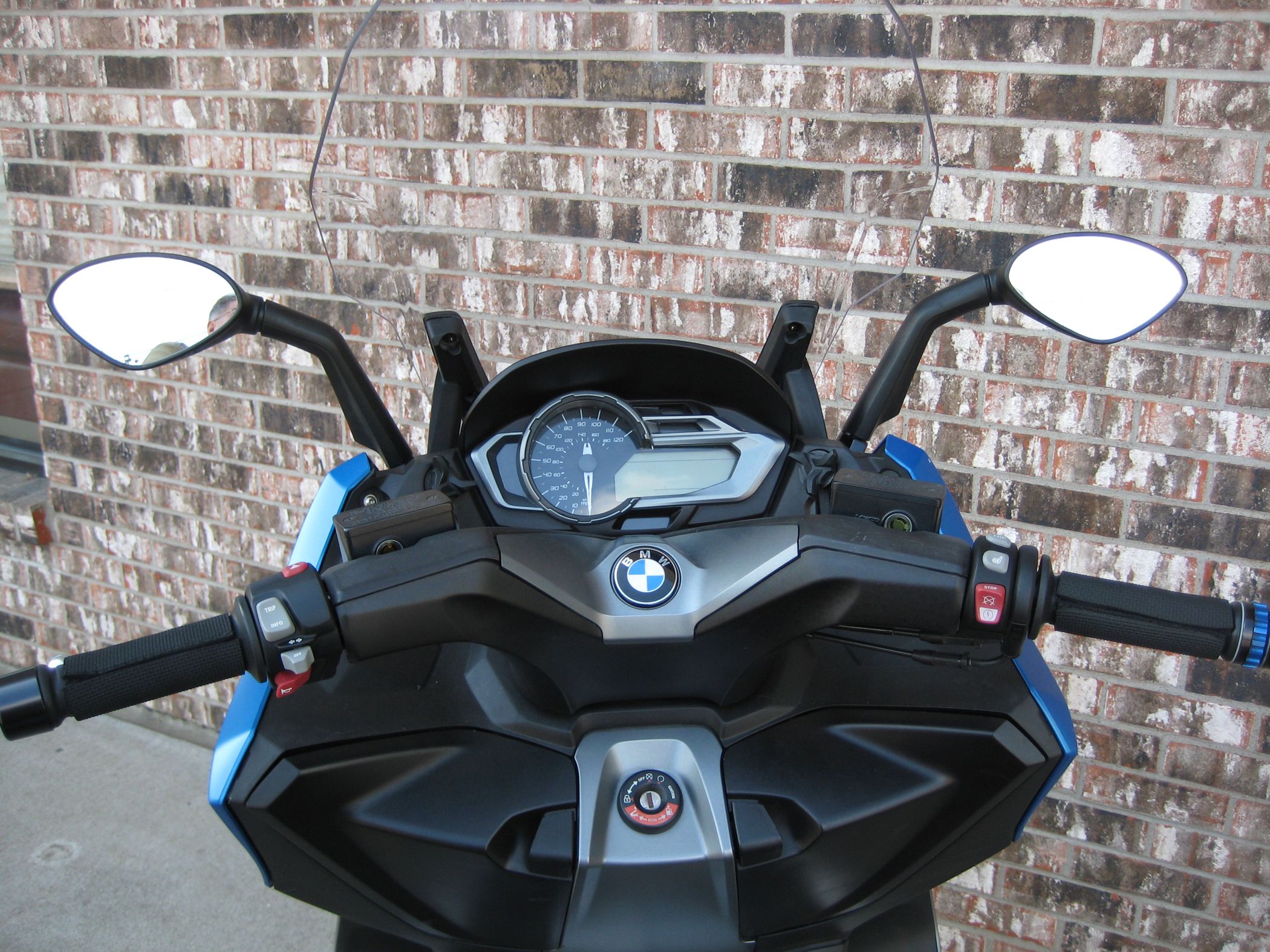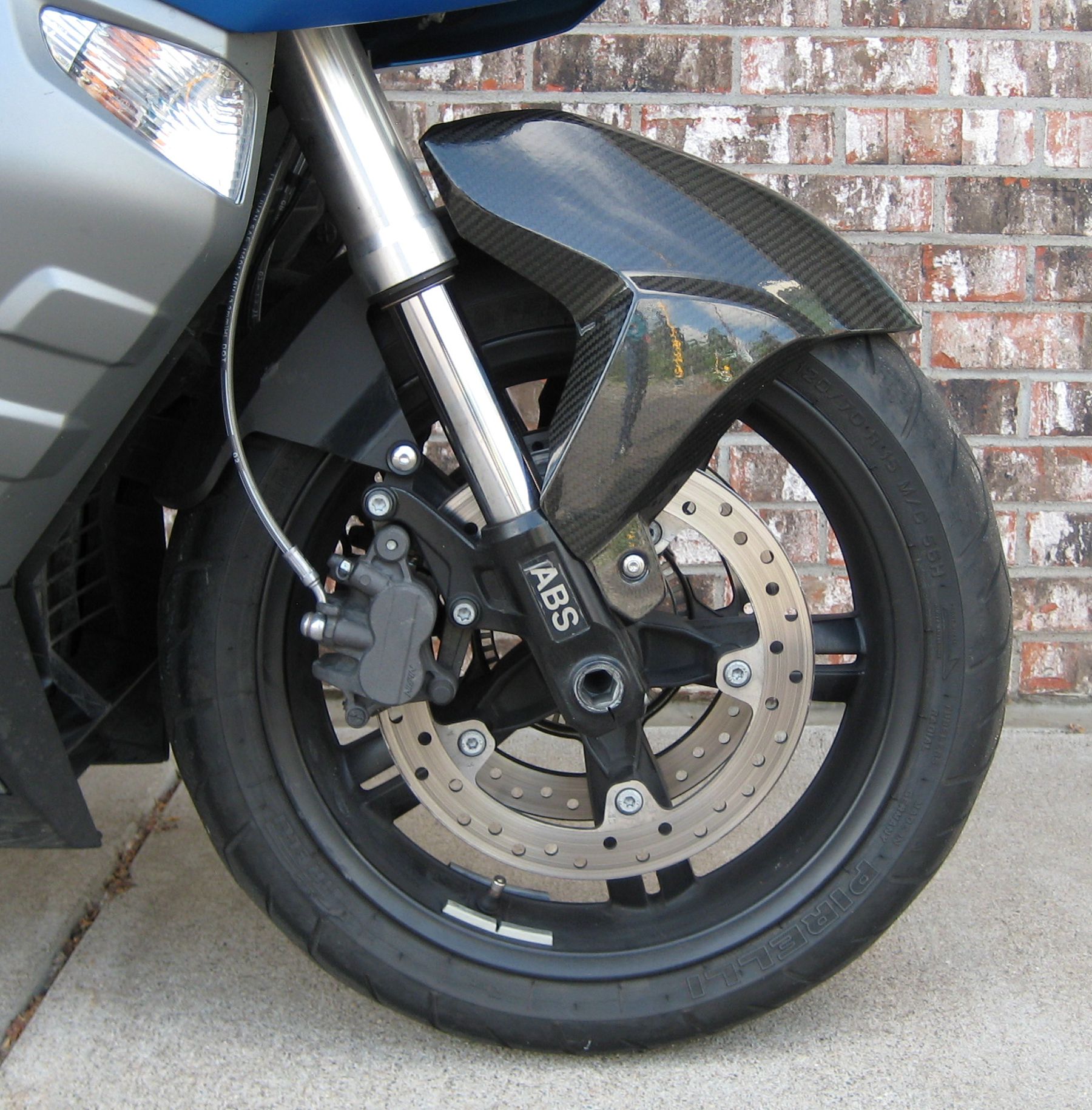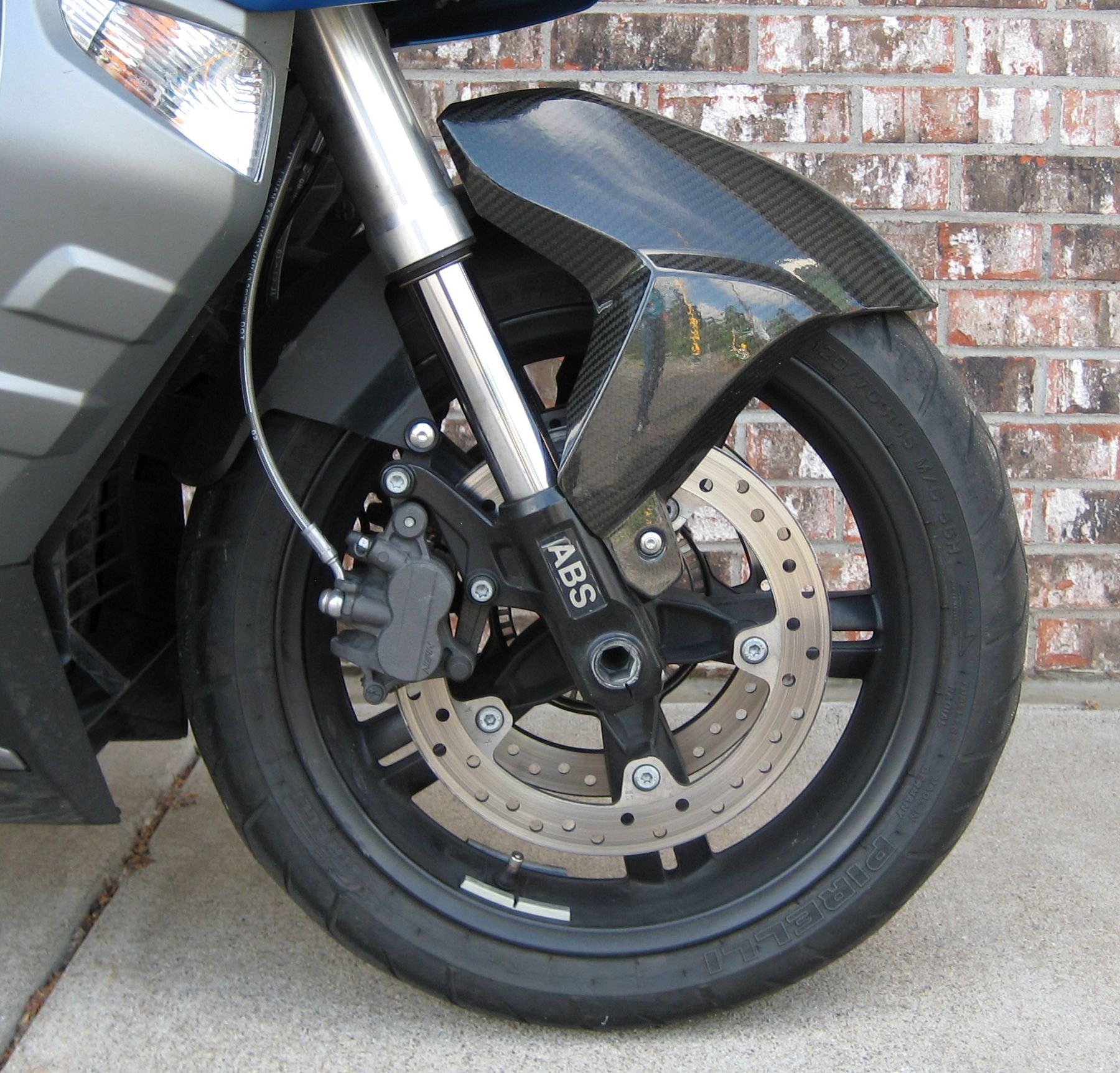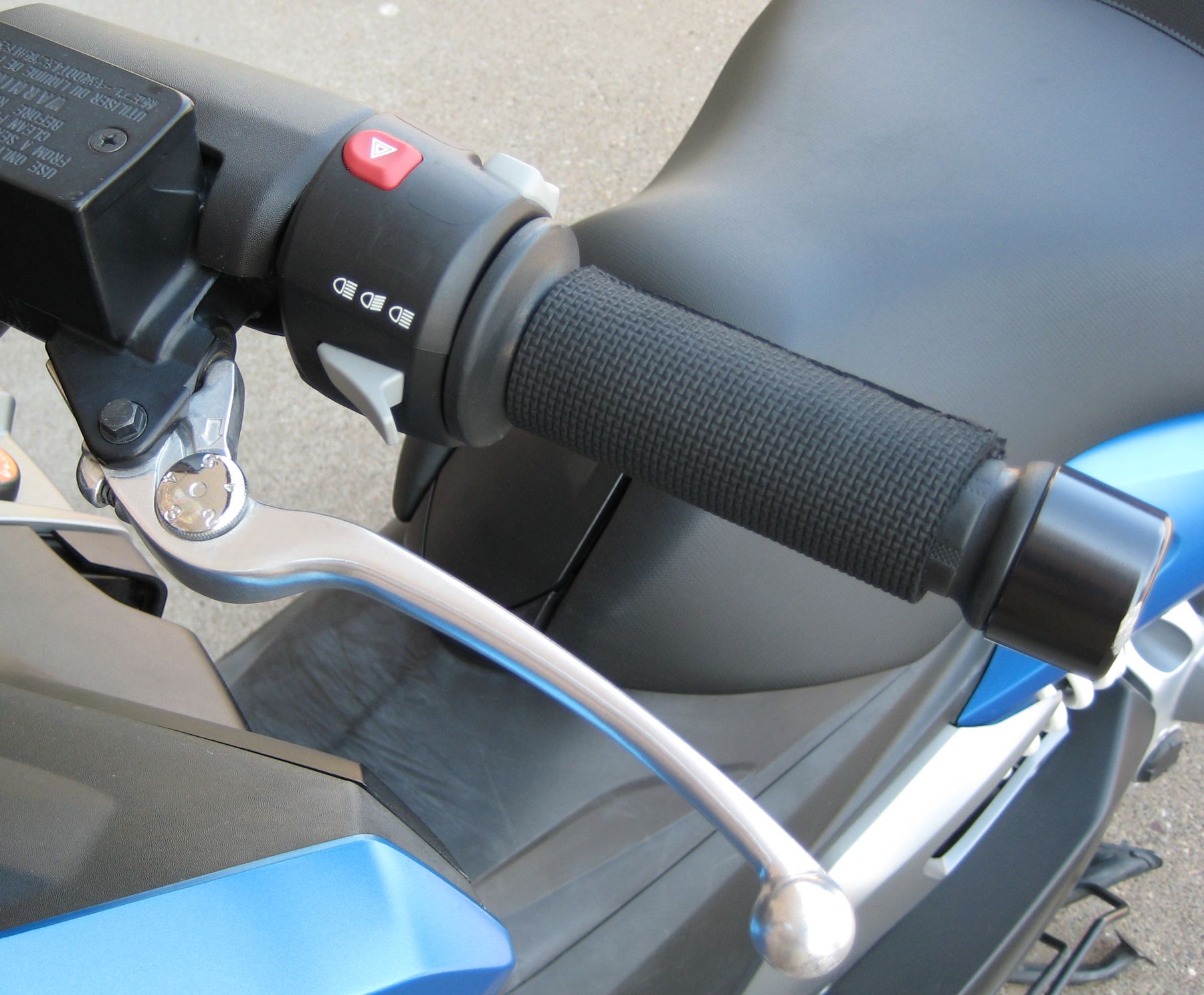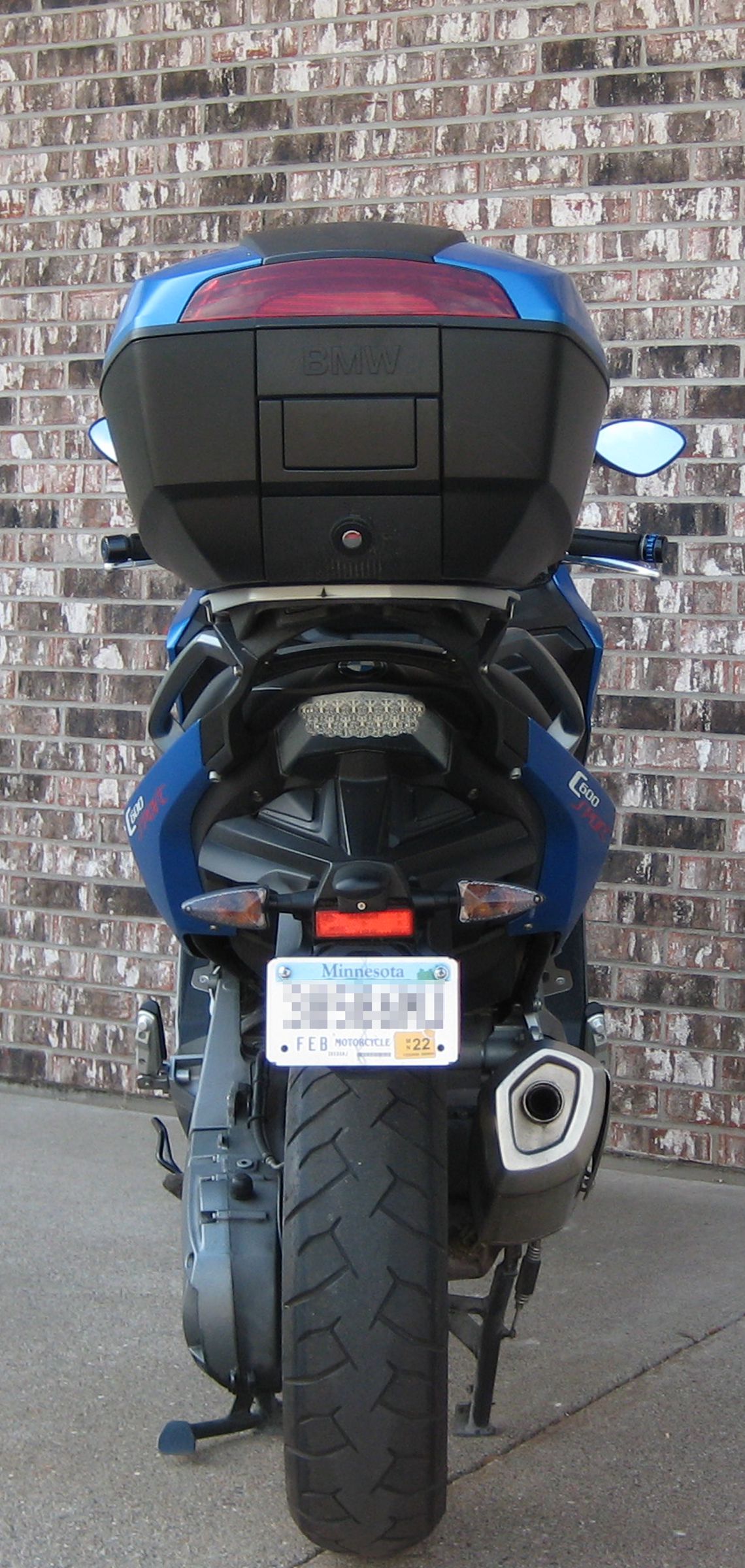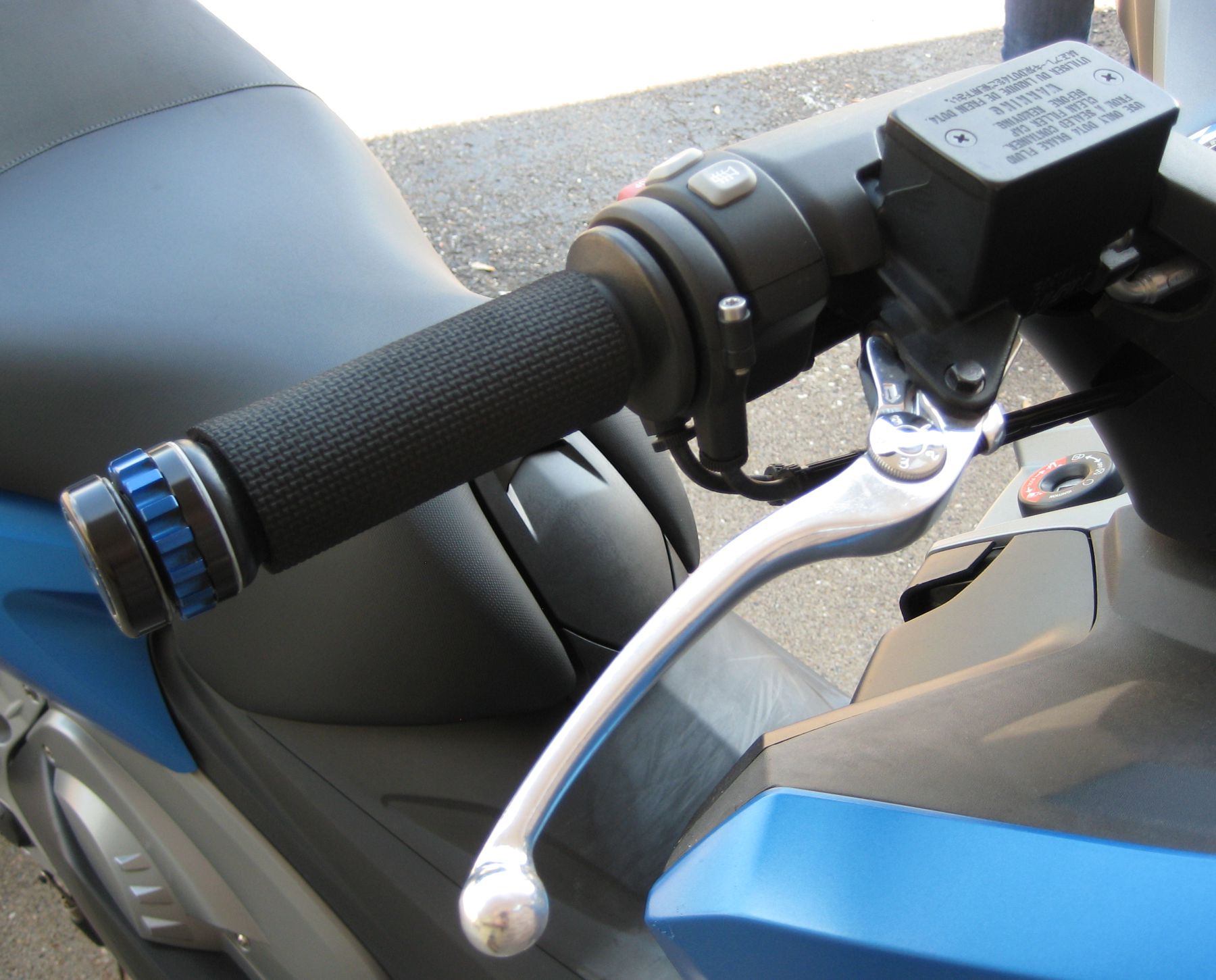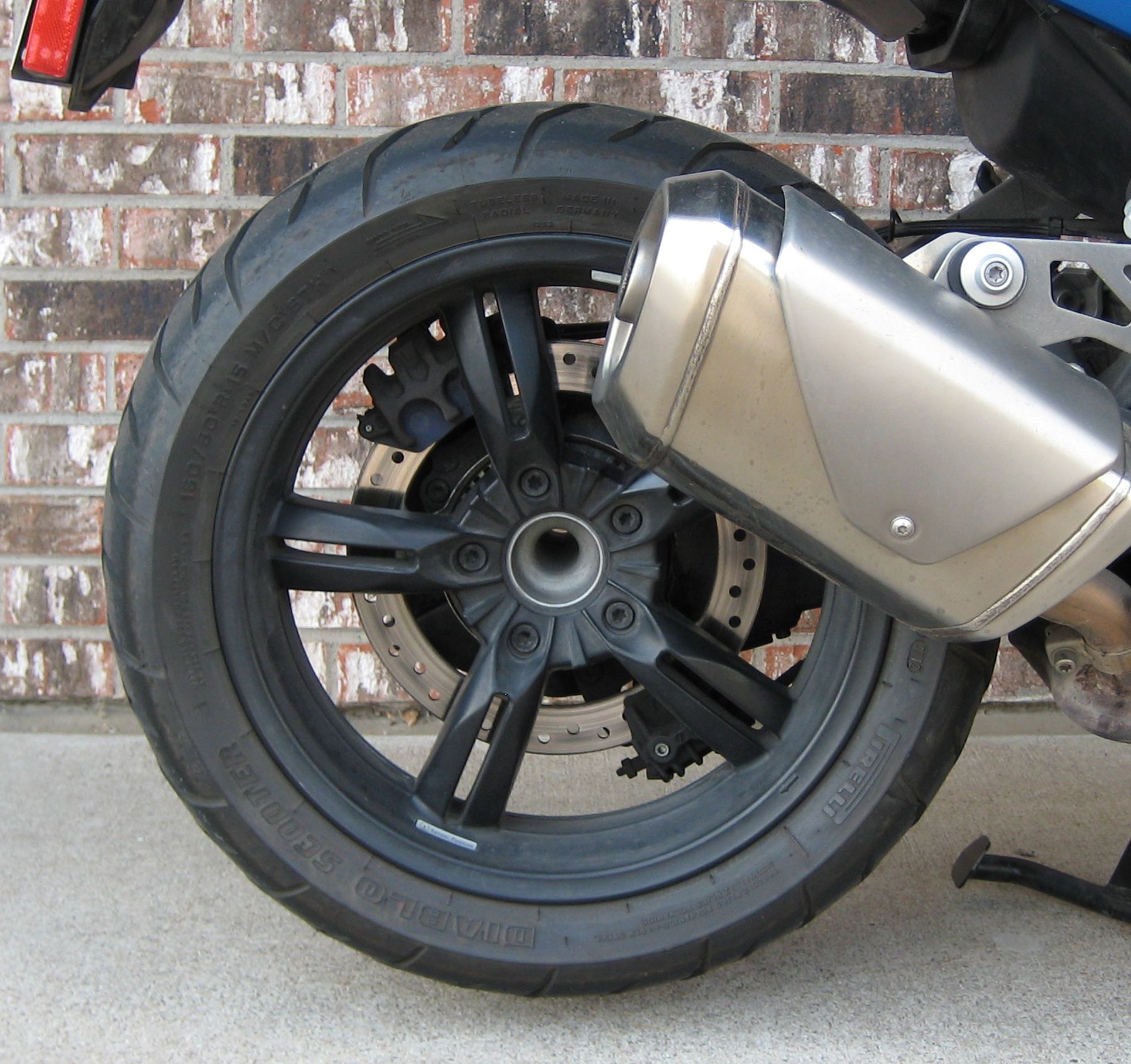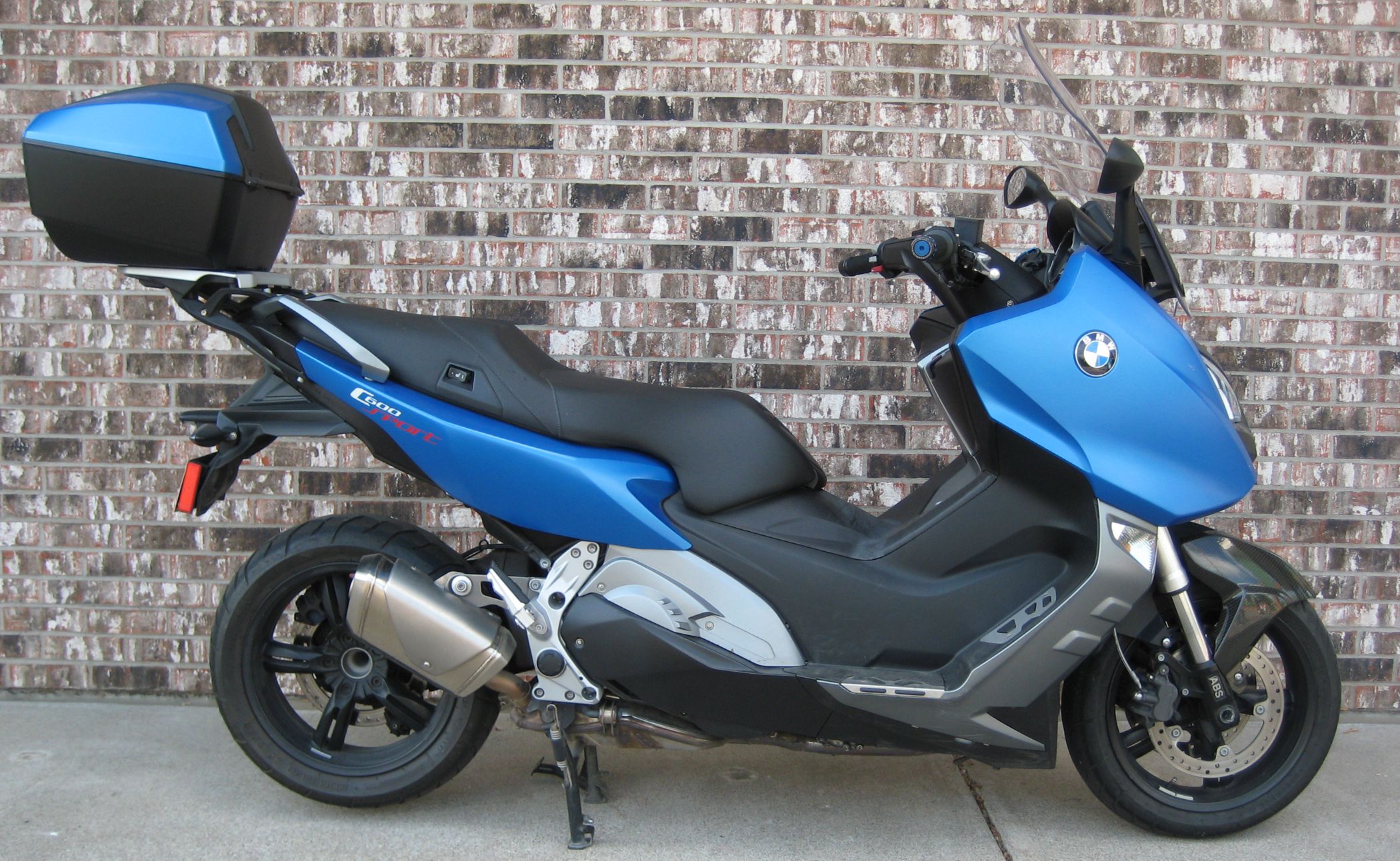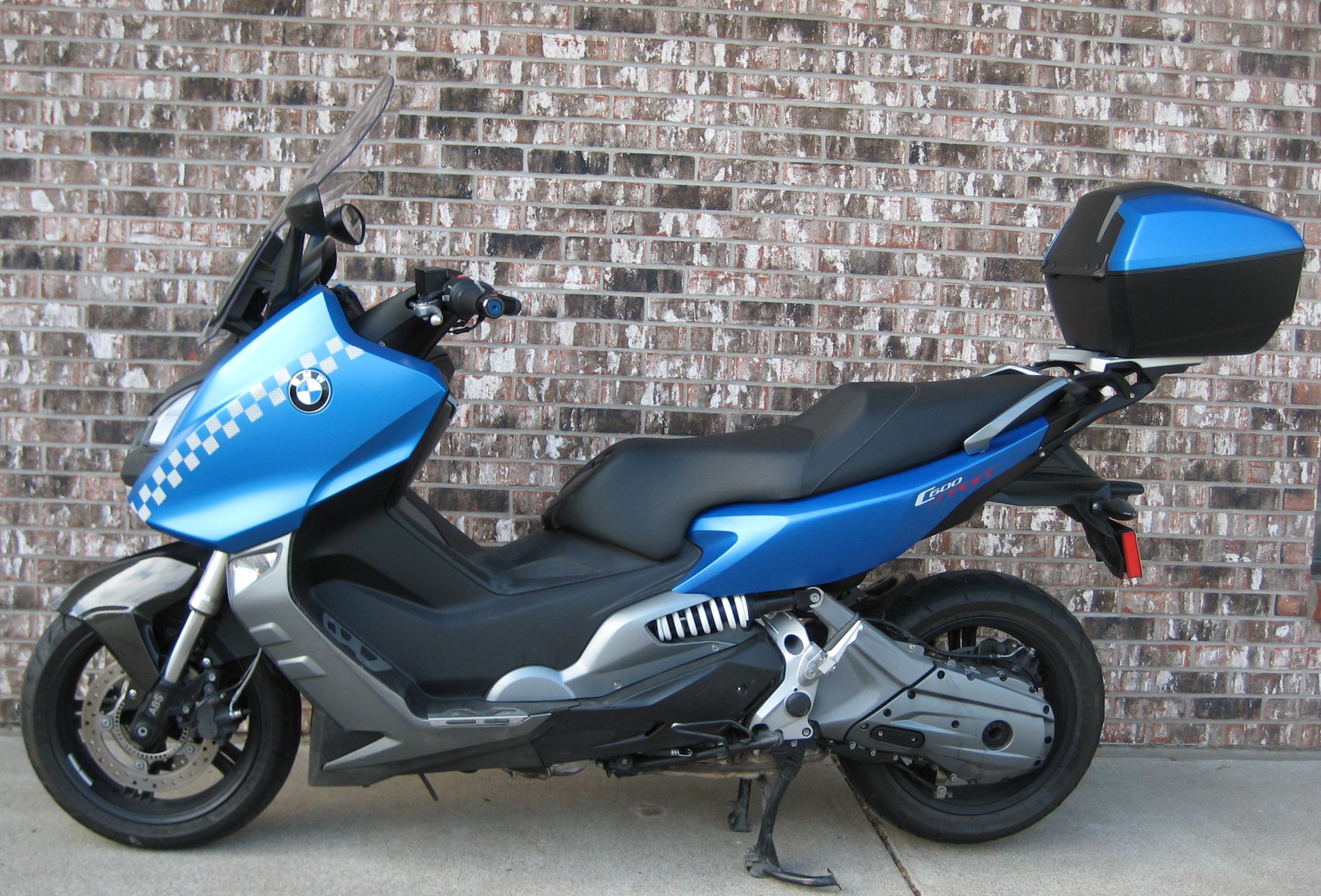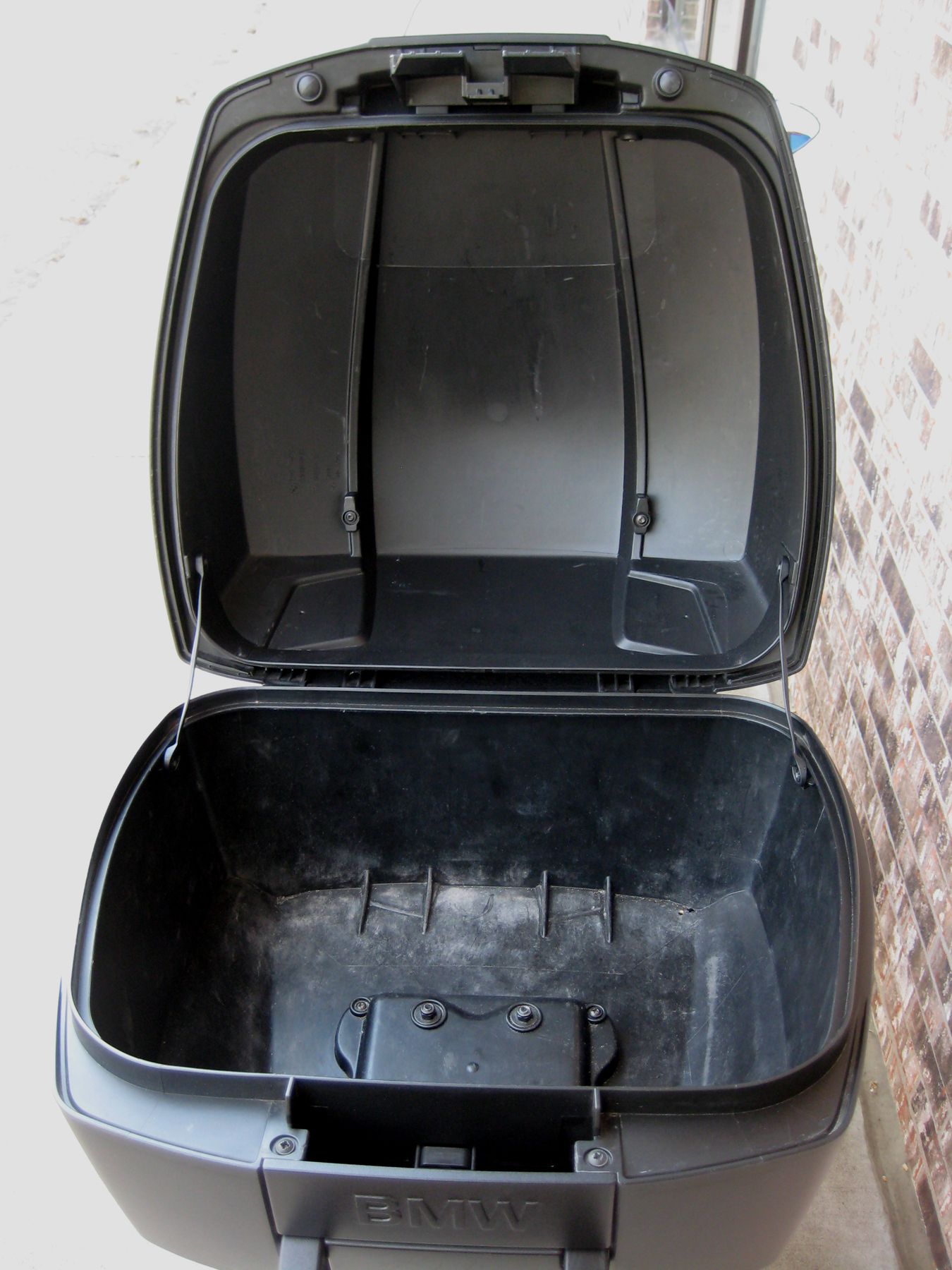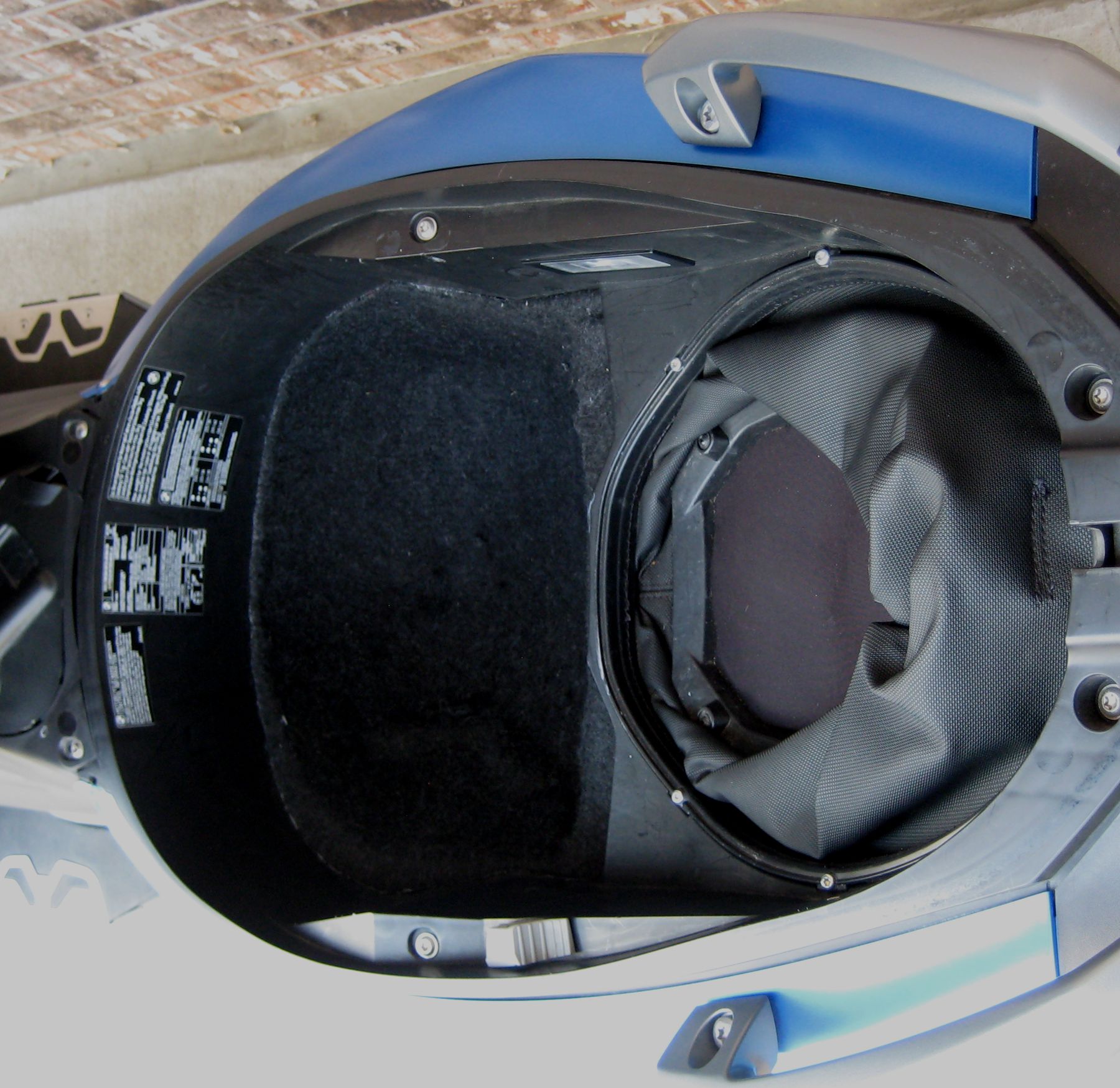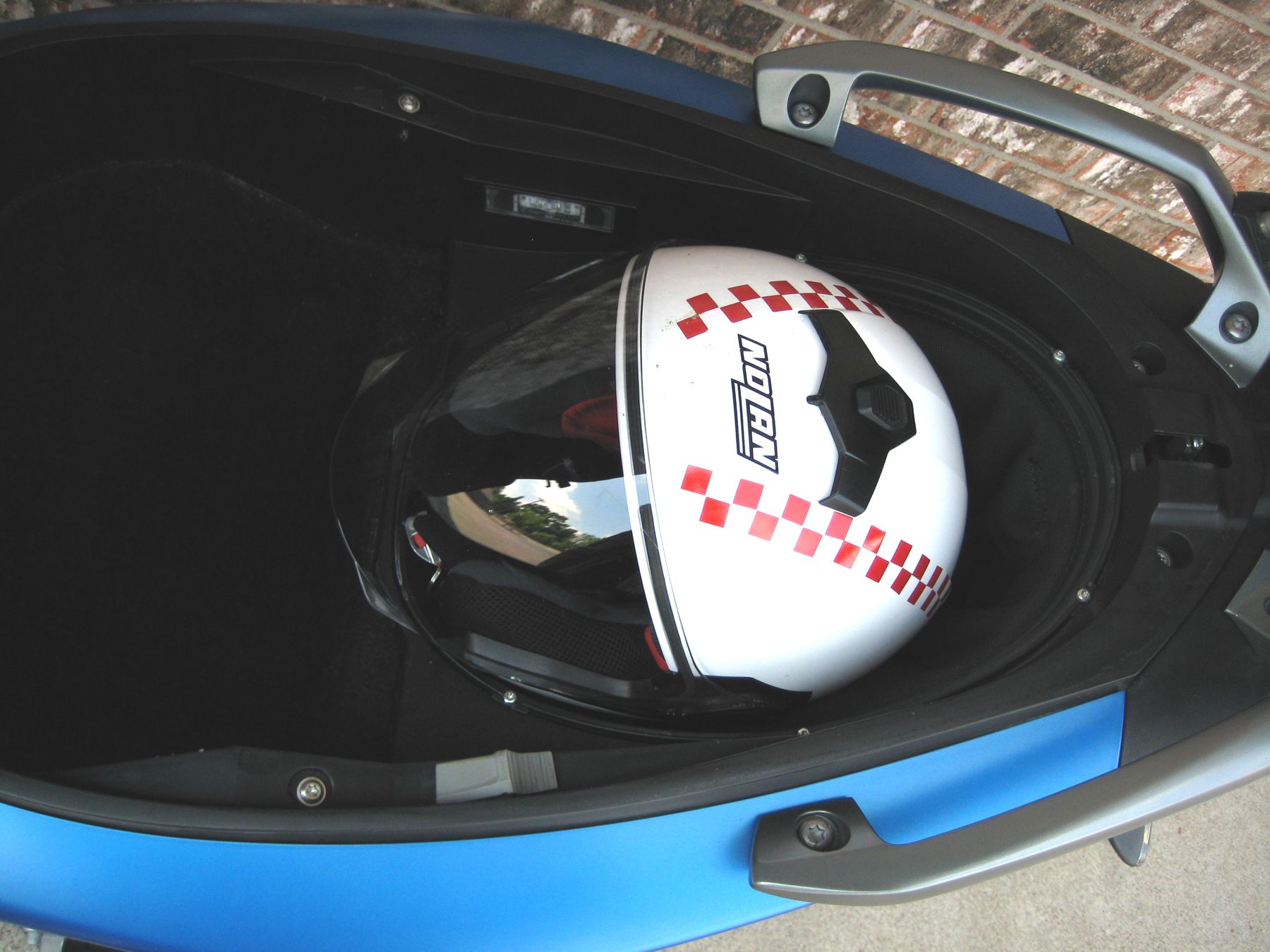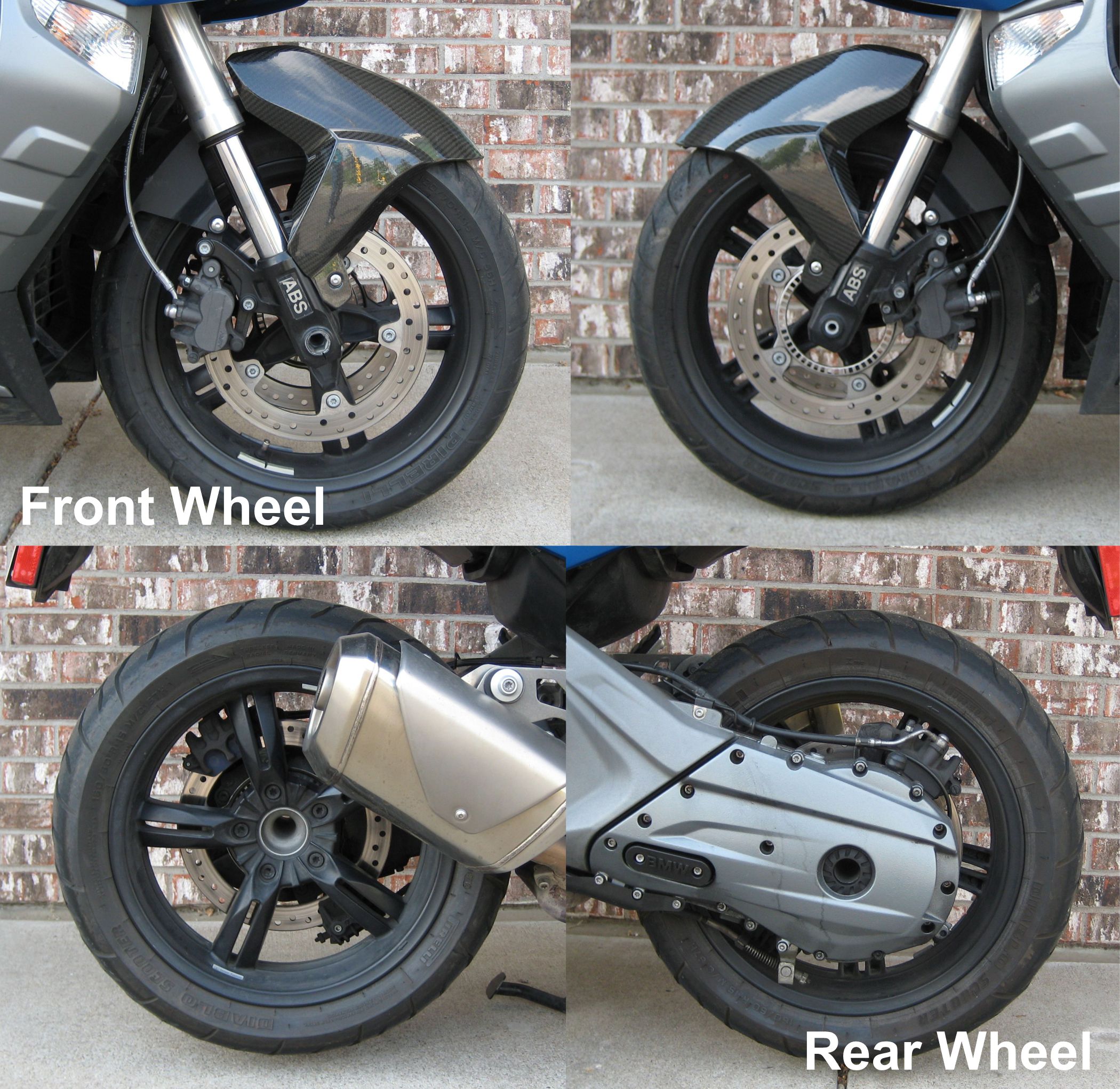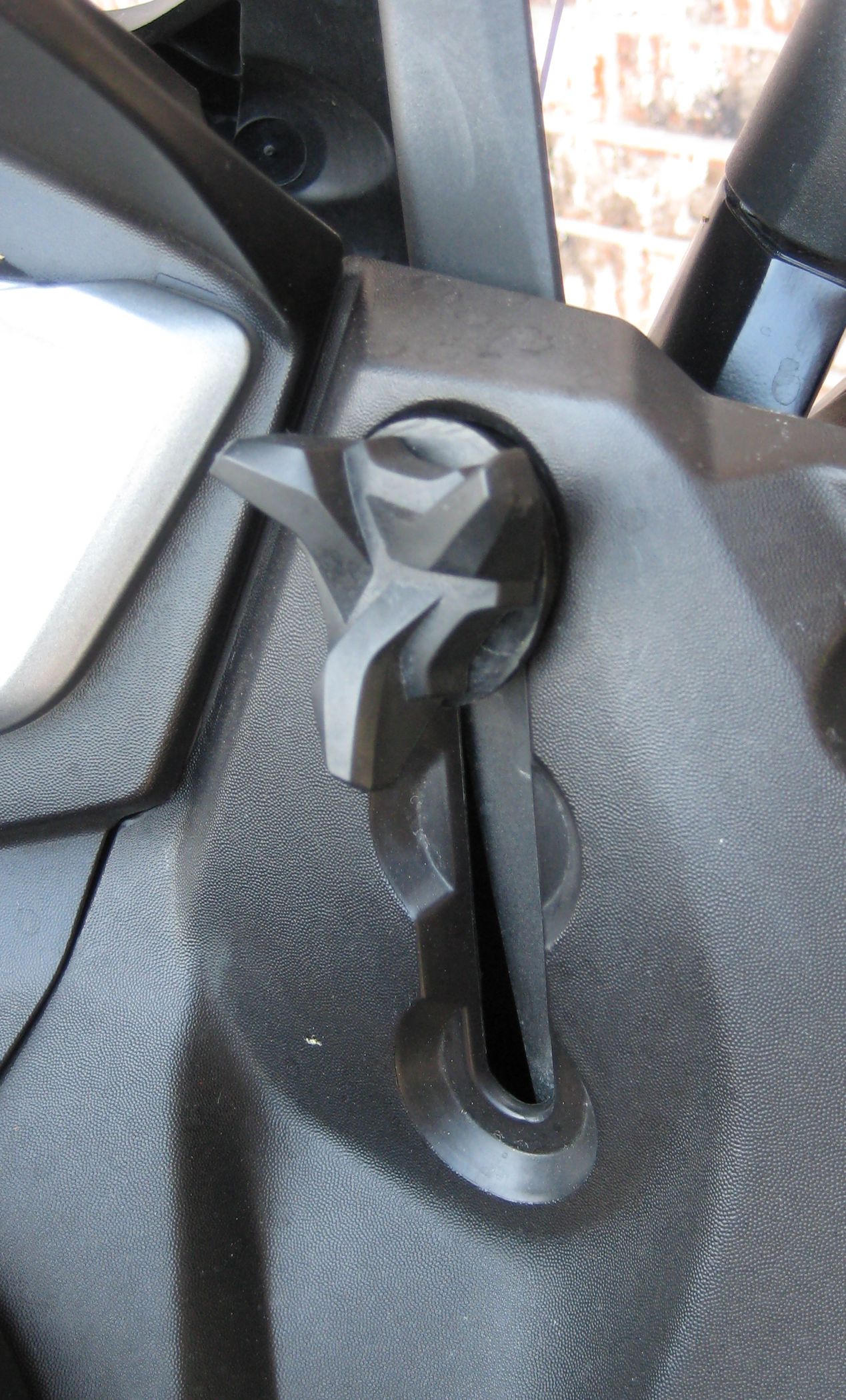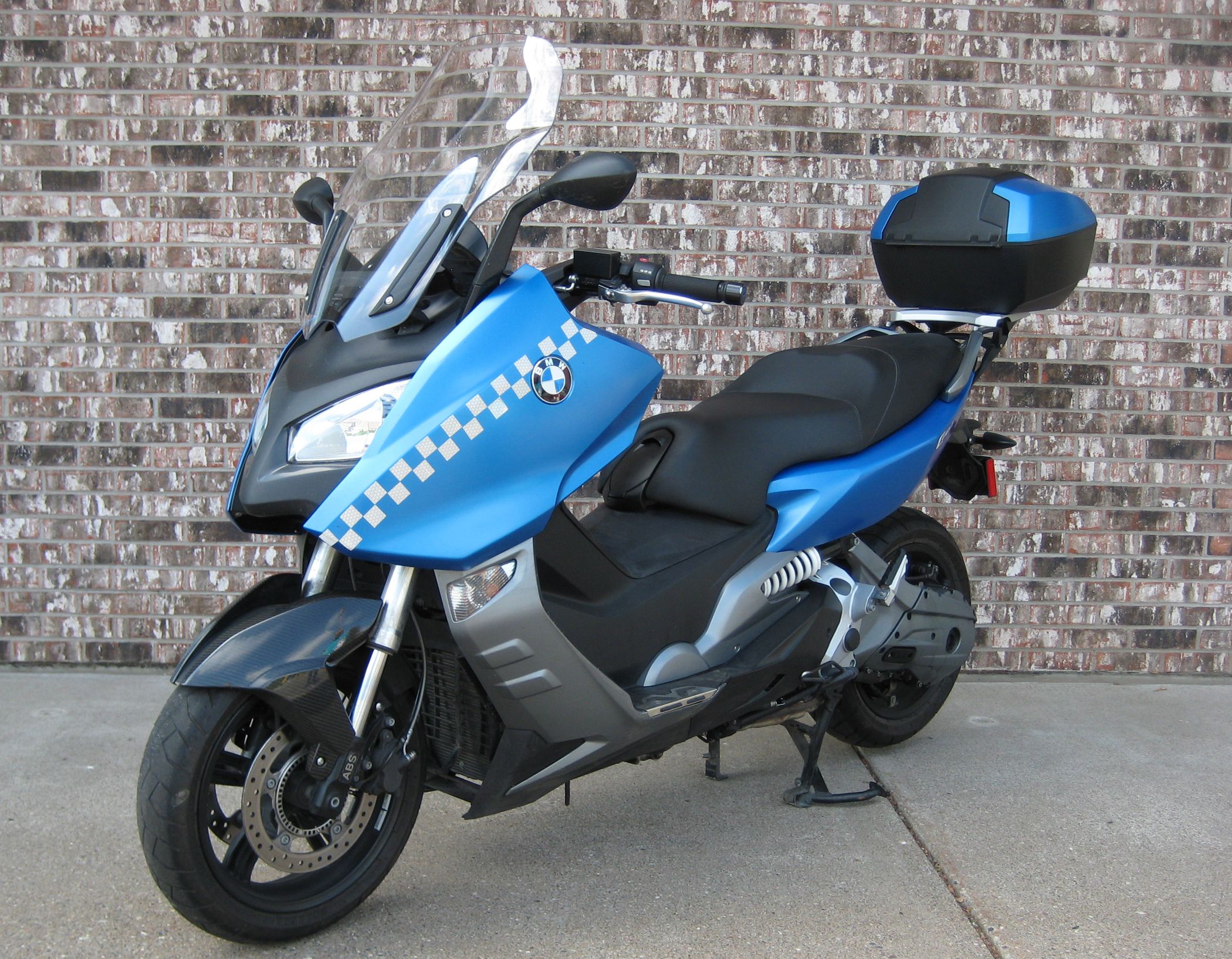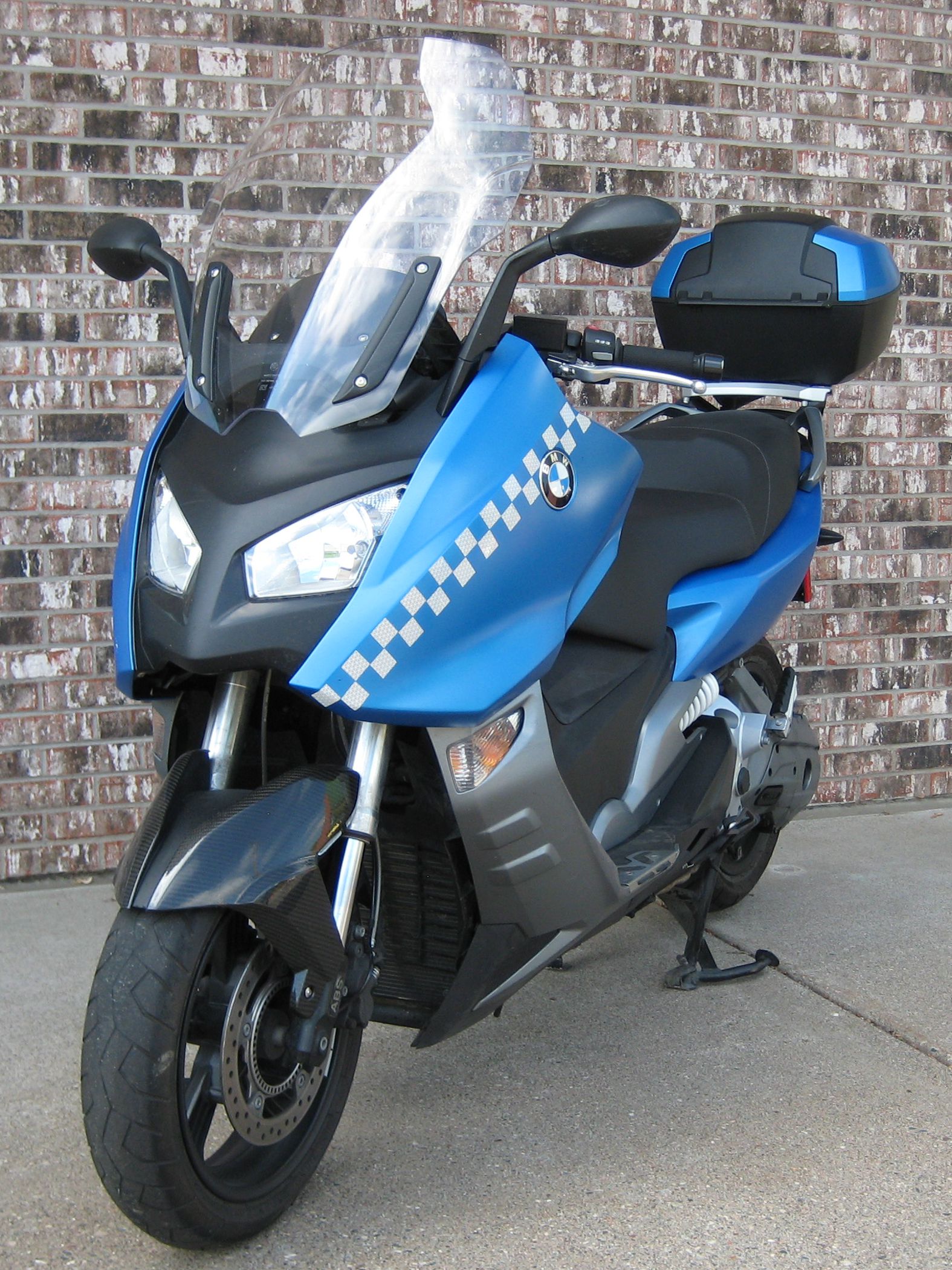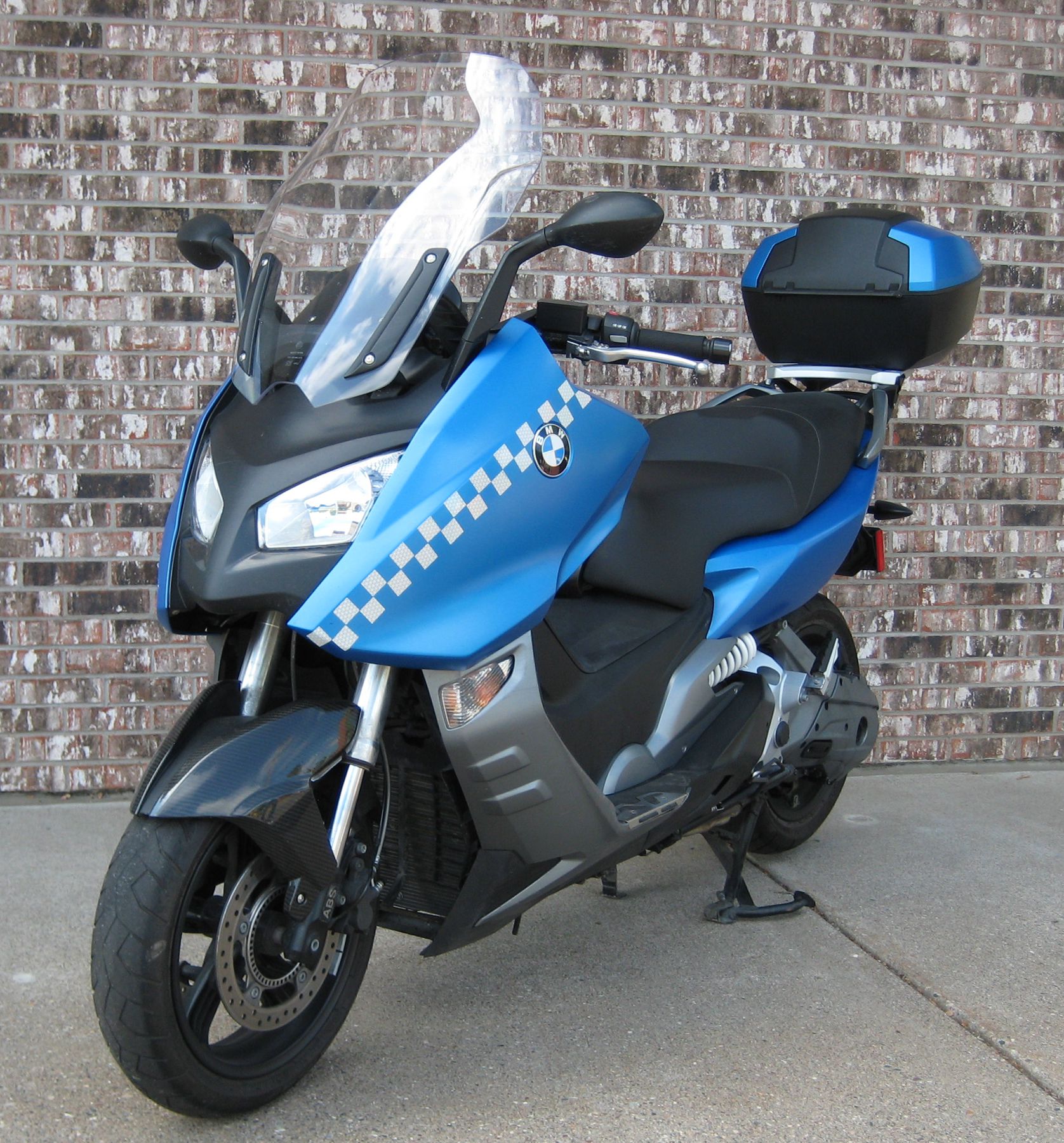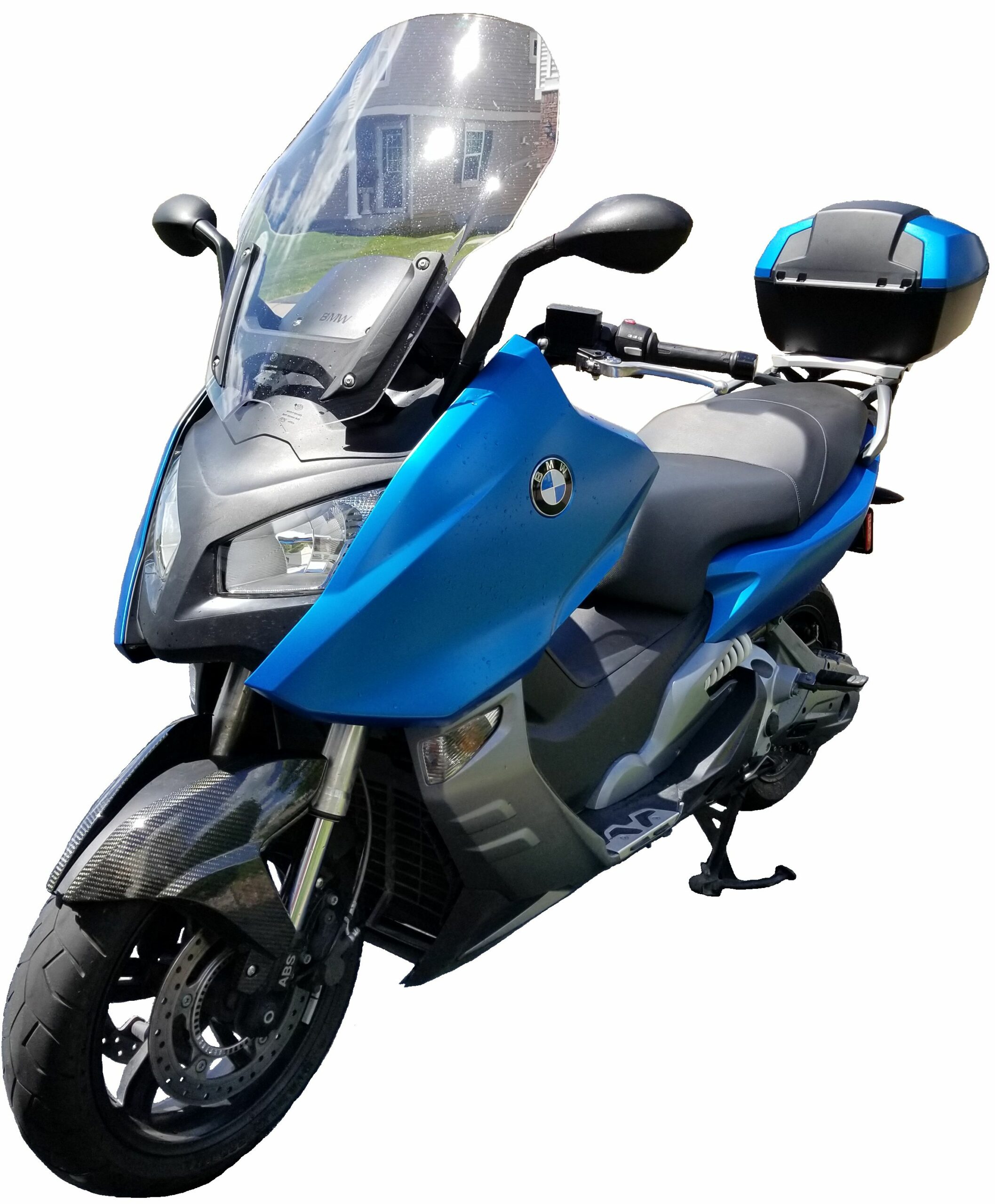BMW C600 Sport
I have wanted a maxi-scooter from BMW Motorrad since they hit the USA market in 2013 (2012 in Europe). The 2001 BMW C-1 was a short-lived, Europe-only “enclosed” scooter with a roof and seat belt. I think it was the partnership with Kymco (provided the 650cc powertrain) that sparked my interest.
There is also some flaw in my personality that makes me want to own one of every available maxi-scooter. Being persona non grata at BMW meant there was no way I was going to get use of a review scooter, so I would have to buy or borrow one.
I watched as the years past, but couldn’t find a used one at the right price. It took several years for the right one to crop up and when it did I jumped on it.
The scooter being reviewed here is my own 2013 BMW C600 Sport. BMW brought us two versions of their Maxi-scooter: the C600 Sport and the C650GT. Despite the difference in numbers, both utilized the Kymco 647cc engine.
The C650 was a more expensive touring model with larger native storage and more amenities. Both models continued for 2014. For 2015 BMW dropped the C600, 2016 saw its return but called the C650 Sport this time around. 2017 gave us the same two choices. In 2018 BMW added the C400X, a 350cc mid-sized scooter.
For 2019, BMW again dropped the larger Sport (C650 Sport) and we had the C400X and the C650GT. The 2020 model year left only the C650GT in the USA. Looks like the 400 is back for 2022 as a GT, not so sure about the 650. The BMW all-electric C-Evolution scooter has been available in California only since 2017.
Speedometer Reading/Speed/Fuel Economy
Before winter set in, I rode a fair amount, especially on the freeway, and got a handle on the speed capabilities of the BMW C600. I also started tracking fuel economy. Utilizing GPS for verification, the speedometer on the C600 is about 5% optimistic which is fairly good as compared to other scooters.
At 30MPH indicated the actual speed was 28MPH. At 60MPH indicated the actual speed was 57MPH. The odometer was more accurate though still optimistic. A trip indicating 42 miles was actually 41 miles. Top speed is over 100MPH.
I saw triple digits on my GPS (briefly) and there was still more to go if one desired to push that hard. The fuel economy has varied. My tests before winter placed this bike in storage resulted in an average of 46 MPG. This spring the best I saw was 53MPG. Something in the neighborhood of 50MPG is what one can likely expect with normal riding.
Features
Powertrain
“Lots” is the best word to describe the features of the BMW C600. Let’s start with the powertrain. The (Kymco) engine is a 647cc twin-cylinder liquid-cooled, fuel-injected four-stroke with four valves per cylinder that puts out 60 horsepower with 49 pound-feet of torque.
With an almost 12 to 1 compression ratio, it has been my experience that it runs best on premium-grade fuel. The power is delivered to the rear wheel automatically through a CVT (Continuously Variable Transmission) via a covered final drive chain that swims in oil.
The wheels are managed by an upside-down fork in the front and a single-sided swingarm with a single shock absorber that is adjustable for preload. The BMW C600 rides on 15-inch tires, 120/70 in the front and 160/60 in the rear. The anti-lock brakes include dual discs in the front and a single disc in the rear.
The wheelbase is 62.5 inches and the C600 weighs in at 534 pounds (BMW says 522 but I had fuel and a topcase included when on the freight scales). BMW publishes the seat height as just shy of 32 inches. Mine measured out at 31.5 inches and 30.75 inches with me sitting on it. Lighting is a mix of halogen and incandescent.
The headlight is halogen and other lights were incandescent standard. Some of the lights on my C600 had been upgraded to LED and I plan to get them all switched over in the near future.
Instrumentation
Instrumentation is thorough and easy to utilize. The Dash is asymmetrically shaped with a round analog speedometer on the near left, headlight indicators to the far left, engine, fuel, and ABS lights are on the lower right, turn signal, alarm, and hazard lights are upper right and the main multifunctional display occupies most of the right.
Talk about MULTIfunction display.
On the left of the MFD is a bar-style fuel gauge, on the right side is a bar-style tachometer. The remaining space of the MFD is occupied by: a text box for warnings, outside temperature, battery, oil, coolant, and tire pressure lights, seat open indicator, heated seat light, odometer, trip meters, service due indicator, fuel reserve light, heated grip level, assorted on-board computer readings and the clock (whew).
The left grip and controls include an adjustable rear brake lever, headlight switch, hazard light switch, tripmeter, and onboard computer buttons, turn signal switch, and horn button. The right grip (throttle) and controls have an adjustable front brake lever, heated grip button, heated seat button, engine kill switch, and starter button.
Below the steering head is a central key switch that operates the start/run mode as well as opening the seat and releasing the fuel filler cover with is located just below the front tip of the seat.
A word about the BMW key. It is a transponder key that is NOT readily replicated by key services or locksmiths. I purchased this scooter with one key, thinking I could get another one made. I was even willing to go to a dealer if necessary. Nope, not going to happen.
After two attempts by a very good key service, I contacted a dealer and had to order another key from Germany. Not inexpensive AND a state-issued original title was required to make this happen (state-issued registration in my name wasn’t good enough for BMW). Lesson learned? Don’t misplace a key.
Storage Compartment
Native storage is quite good on the BMW C600 and includes two front small compartments on either side of the central key switch. The right side area behind the storage compartment is where the battery is located and it is not especially easy to access.
The underseat storage is ample and includes a nifty “flexcase” (BMW term) that allows a sort of bellows to lower the back portion of the underseat when the scooter is stationary. This makes for a good amount of helmet storage room. The base of the flexcase interferes with the rear tire, so BMW included a disconnect that prevents the scooter from running when the flexcase is in the lowered position.
Even when raised, there’s good space available. My scooter has a BMW rear rack and topcase (colour-matching of course) for even more luggage capacity.
Mirrors
The mirrors are front fairing mounted and provide an excellent rearward view. On the starboard side of the lower/front passenger seat is a heater switch for the aforementioned seat. There is a center stand and a side stand.
The side stand has a disconnect so the scooter won’t run when engaged and a very nice rear brake actuator so the scooter won’t roll with the sidestand engaged.
Riding Impressions
Maxi-Scooters offer a different riding experience compared to conventional scooters. This is due to three elements: weight, speed, and configuration. If we assign the role of a conventional scooter to a 150cc, smallish-wheeled, automatic modern scooter (let’s say a Vespa Primavera 150) we can clearly see the similarities and differences.
Speed and Acceleration
Both a conventional scooter and a maxi offer native storage that motorcycles do not. Both offer the ease of twist and go automatic transmissions. Both offer more broadly flexible ergonomics than a motorcycle. A conventional scooter shines at speeds in the 30MPH – 50MPH range and quick, nimble handling both on the road and of the machine itself.
A maxi does better at highway or freeway speeds and focuses more on ride comfort. A maxi is also going to require more effort handling-wise both on the road and when moving the machine about. I could dive into much greater depth about this, but I expect you’re already a little tired after trudging through that features list.
Turn the (transponder) key, grab a brake lever, wait for the system to cycle, press the starter button and off we go. The BMW C600 comes to life easily settling into a smooth idle quickly. Acceleration off the line is strong as is roll-on acceleration. Pretty much throughout the real-world riding range, a twist of the throttle will reward you with a brisk surge forward.
Handling at low speeds is surprisingly quick for a scooter of this size. One knows one is not on a Vespa 150 around town, but one would not suspect one is riding a scooter the length and weight of the C600 based on handling response.
Between pre-winter and spring this year I have been able to ride the BMW C600 on a variety of roads. It is happiest and the most fun on faster twisties. Riding from my house into the metro area is most expedient by taking a 70 MPH interstate for a while and the C600 gobbles up those miles without issue.
Adjustable Windscreen
The windscreen is manually adjustable and I put it on the tallest setting for these rides. Even with a lot of interstate cruising the C600 is smooth and comfortable. Passenger accommodations are quite nice and with the topcase/backrest my wife says she is comfortable.
Setting the windscreen at the lowest position allows me to not have to look through even a portion of it which is what I prefer for “sportier” riding. Two-lane rural roads, especially those along the Mississippi river, are fantastic fun on this scooter. Luckily the fuel tank holds over 4 gallons so even with spirited riding I can enjoy 150 miles before I start to look for a fuel stop.
The BMW C600 responds quickly to rider inputs. Lean into a turn and it holds the line without drama even over less than perfect roads. While nothing like as flickable as a small scooter or a lighter sportbike, the effort needed to work through a tight twisty is not very high and there is none of the wallowing that I usually expect from a maxi-scooter ridden briskly.
Braking
Braking is responsive and easy to modulate. Even on a long parkway ride with a LOT of stops and traffic, I experienced no fade. When the ABS kicks in, the C600 comes to a stop without drama. The travel of the brake levers is average as is the effort required and with the adjustability of each lever nearly anyone should be able to find a perfect position.
I have to say I did enjoy the heated grips and seat on a colder day. One still needs to gear up for the weather, but especially on the hands, the additional heat is nice. Weather protection from the bodywork and windscreen was good which is what one expects from a maxi-scooter.
The only place the BMW felt heavy was when moving it around in my garage. One really notices the weight when one is shuffling two or three scooter in the 200+ pound range and then grabs hold of 500+ pounds. That weight helps make the C600 feel so nice at speed so I guess I can forgive the scooter its corpulence.
Comparison
For me, the Suzuki Burgman 650 is the first comparison model that comes to mind. It has a well-deserved reputation as the king of the maxi-scooters. I have owned three Burgmans over the years and they are wonderful highway machines but they do wallow and feel heavy at lower speeds.
In 2013 the Burgman 650 was $10,999. The BMW C600 was $9,590. For 2014 – 2015 Kymco brought the MyRoad to the USA for $9,699 and it had a nice drivetrain but none of the sophistication of the BMW. These days the maxi-scooter market seems to be focused on slightly smaller machines – Burgman 400, Yamaha XMax 300, Kymco X-Town 300, BMW C400, and so forth.
Kymco is trying again with an AK550 for about $9,000, but Honda had left the room altogether with their largest scooter offerings being 150cc.
For me, it is the Burgman and the C600 that are the most valid comparison. For pure long-distance highway/freeway riding with a focus on comfort, I’d likely still take a Burgman. For everything else or a mix of riding it would be the BMW.
Fit & Finish
BMW would like the buying world to believe their products are the pinnacle of fit and finish. I have owned several BMWs including motorcycles, cars, and now a scooter. Component quality, build quality, fit and finish are very good.
Not quite the top of the heap in any category. The Lexus cars I have owned have been a notch above the BMWs. I have had some Honda motorcycles and scooters that were every bit as good as or perhaps even slightly nicer than the BMW. That being said, The BMW C600 leaves me searching for things to nitpick about.
I’m not a huge fan of the flat blue finish, but it is well executed and shows no flaws in production. Body panel fit is very good with seams being tight and even. The plastic of things like the front storage compartment doors is good and fits well. Switches and buttons are high quality and have had no failures or breakages.
The seat and grips are showing more wear than I would consider good for the age and mileage of the scooter. Everything still works as intended even in the smaller things like the display – no failures of lights or partial text boxes.
Conclusion
Can you tell that I like the BMW C600? I suppose it would be fun to only review the newest models of scooters but spending time with a machine that is a few years old with some miles on it tells me a lot about the real value of a scooter.
I have reviewed a lot of “do everything” scooters. Most of them are in the 250cc – 350cc class. Scooters like the Kymco People GTi, SYM CityCom, Vespa GTS, and Piaggio BV350 have enough performance capability to handle freeway use while still being small enough to make wonderful urban machines.
In the BMW C600, we have a machine that is more capable at speed, sportier, filled with features and still can get it done around town. It is a sort of cross-over of a do-everything and a full-on maxi-scooter. If that is what you’re looking for you’d not be disappointed with the BMW.

